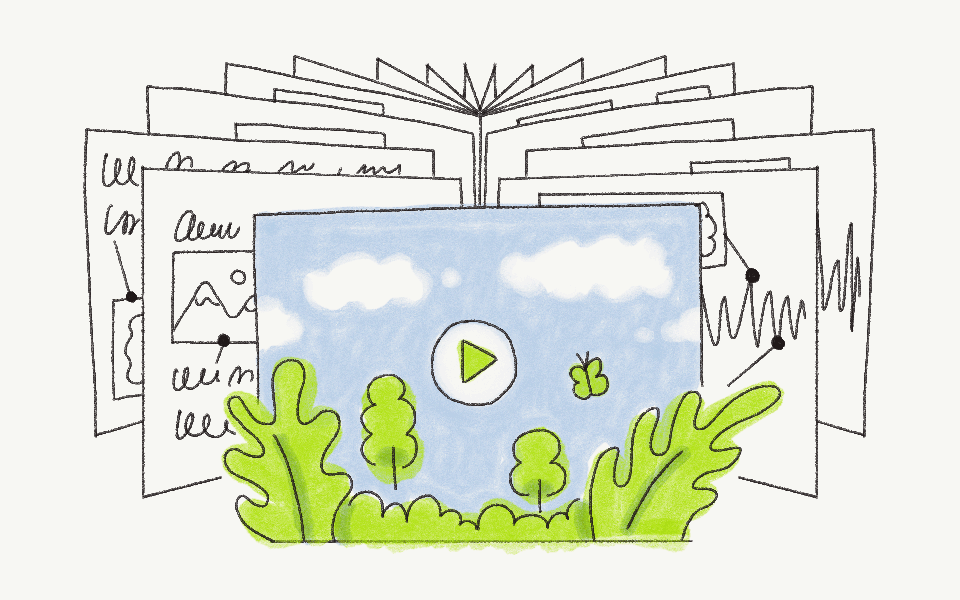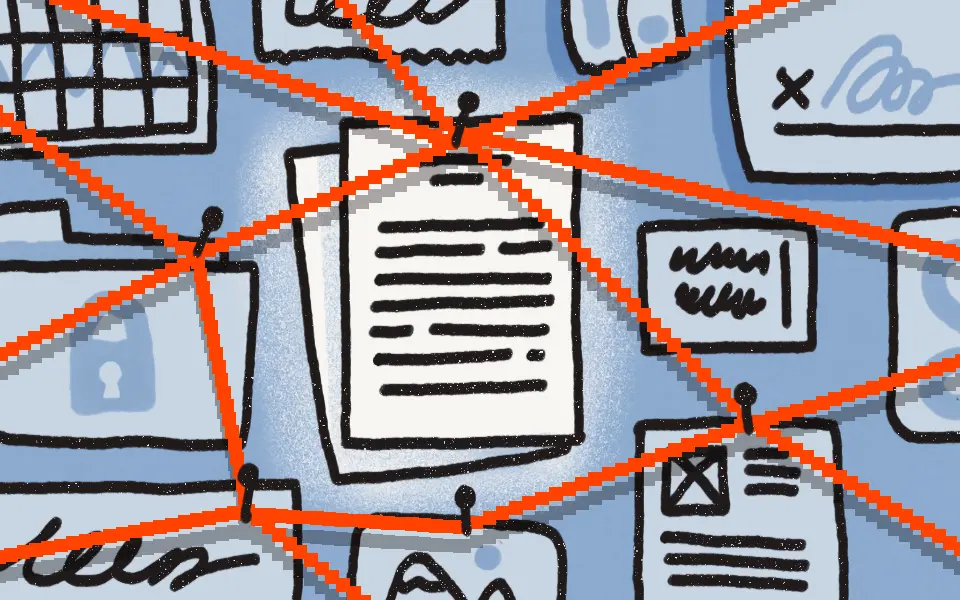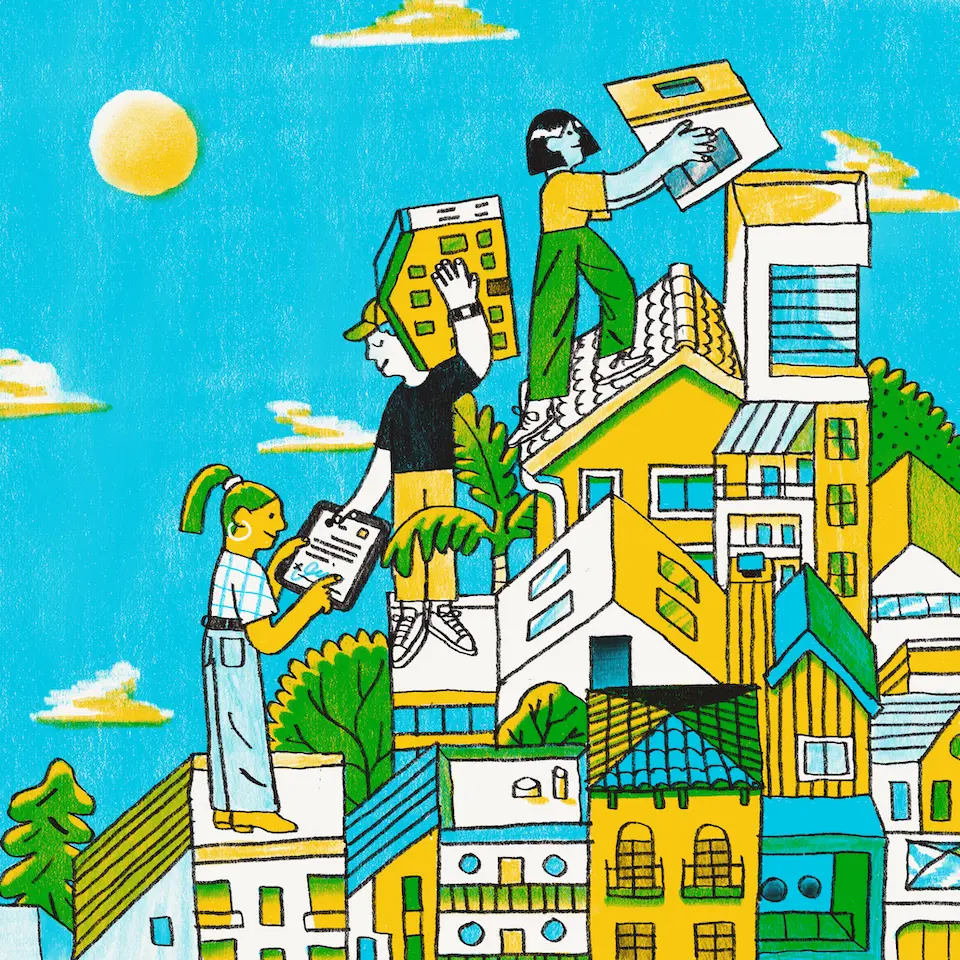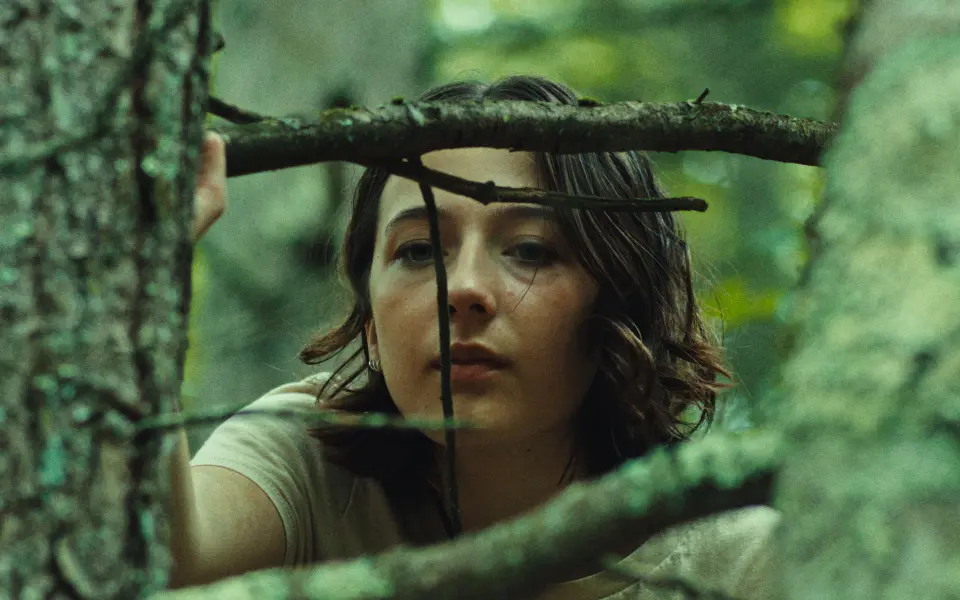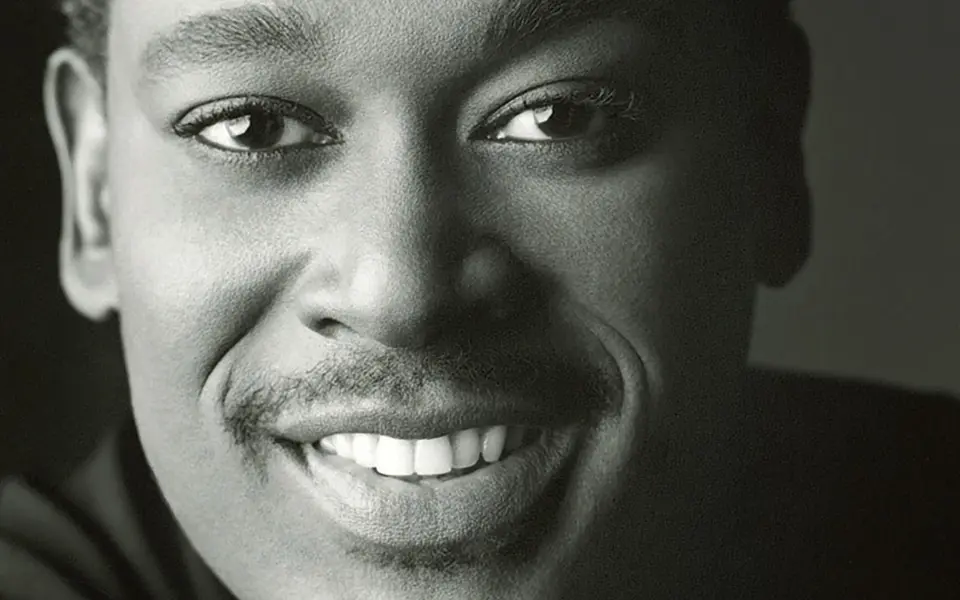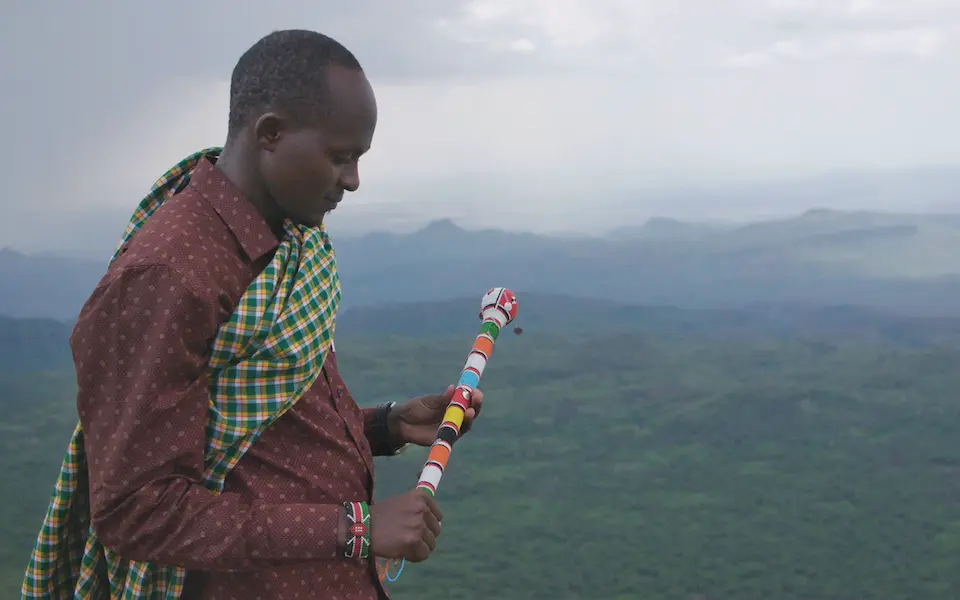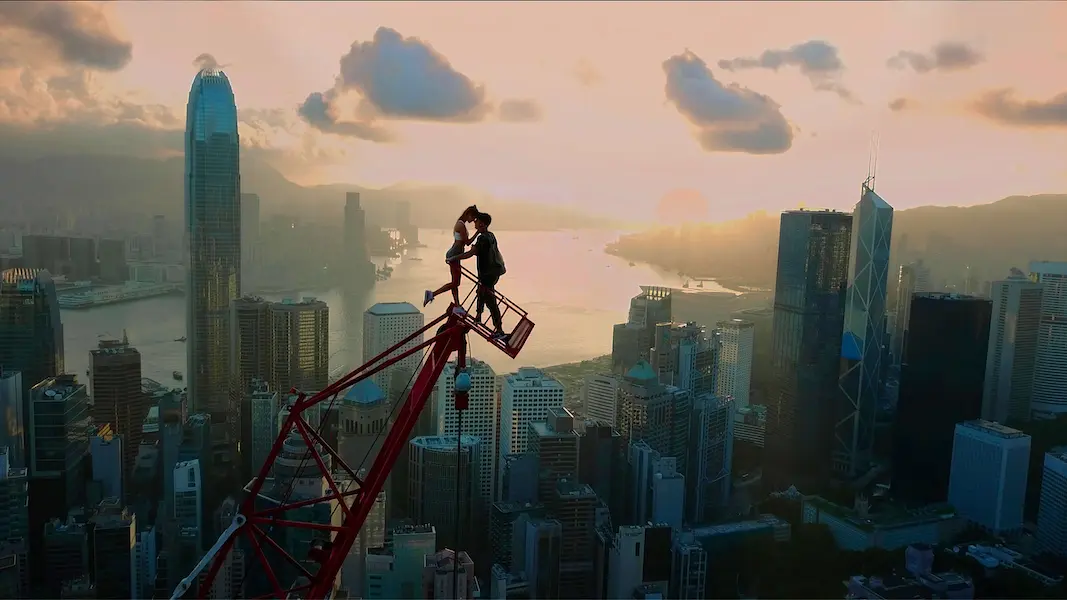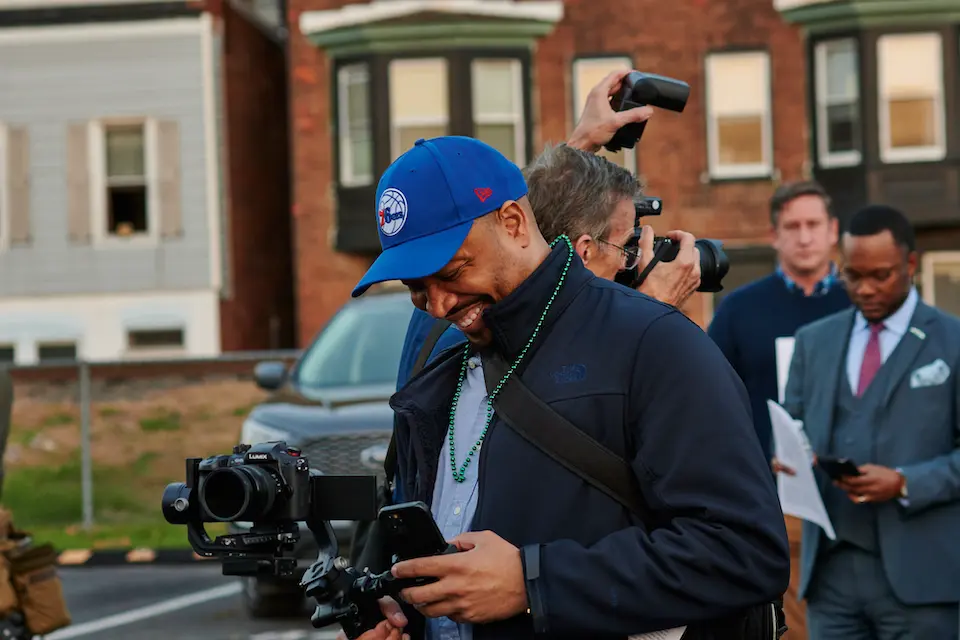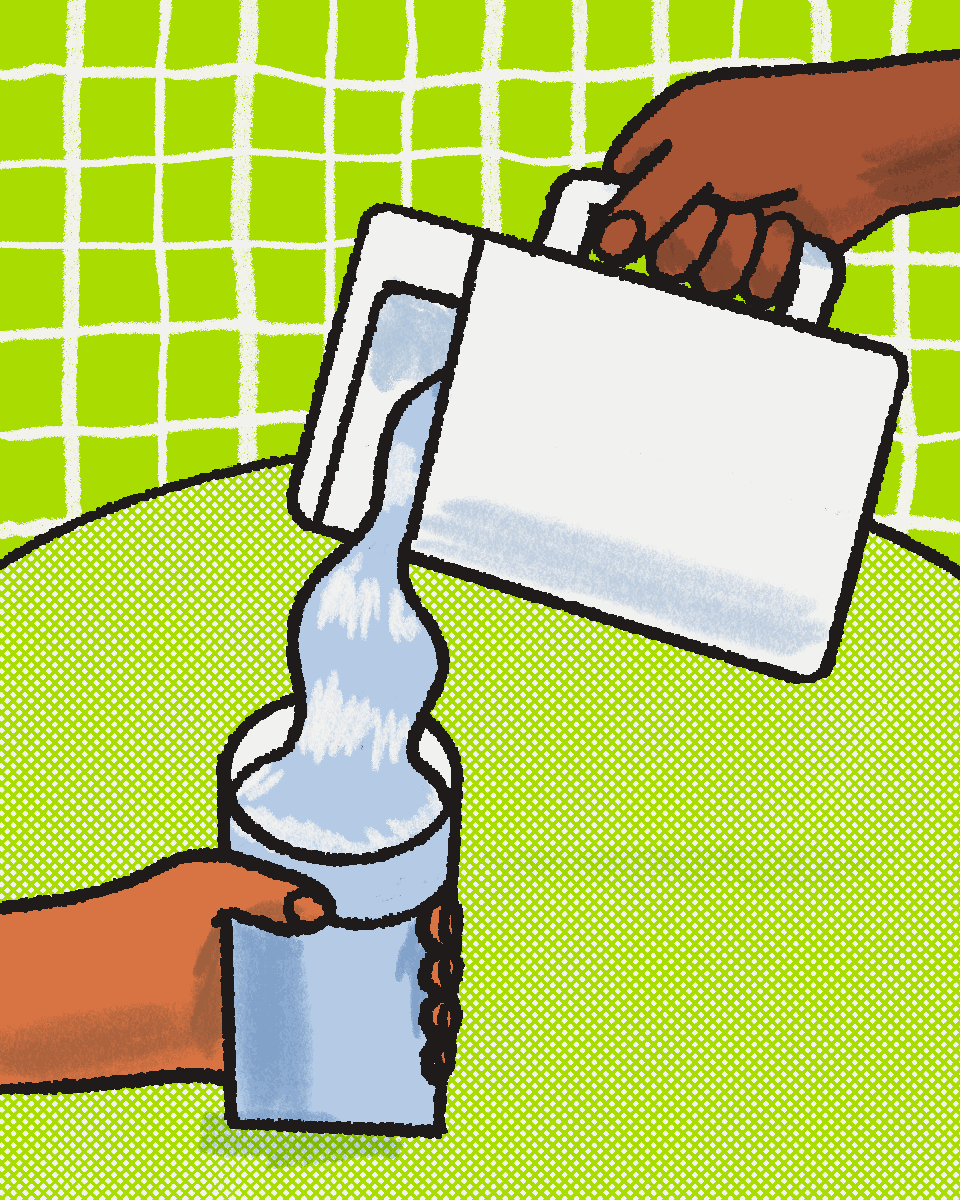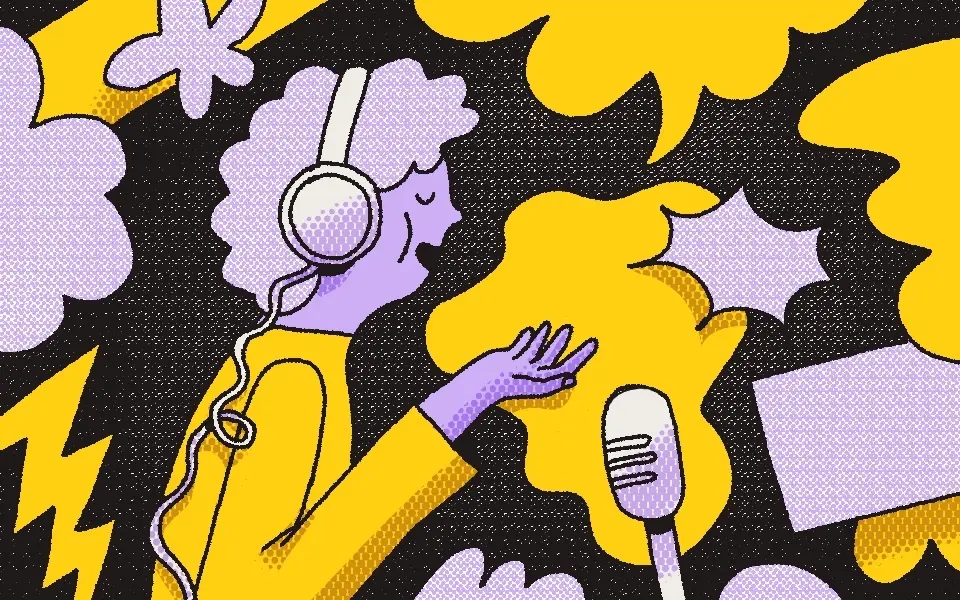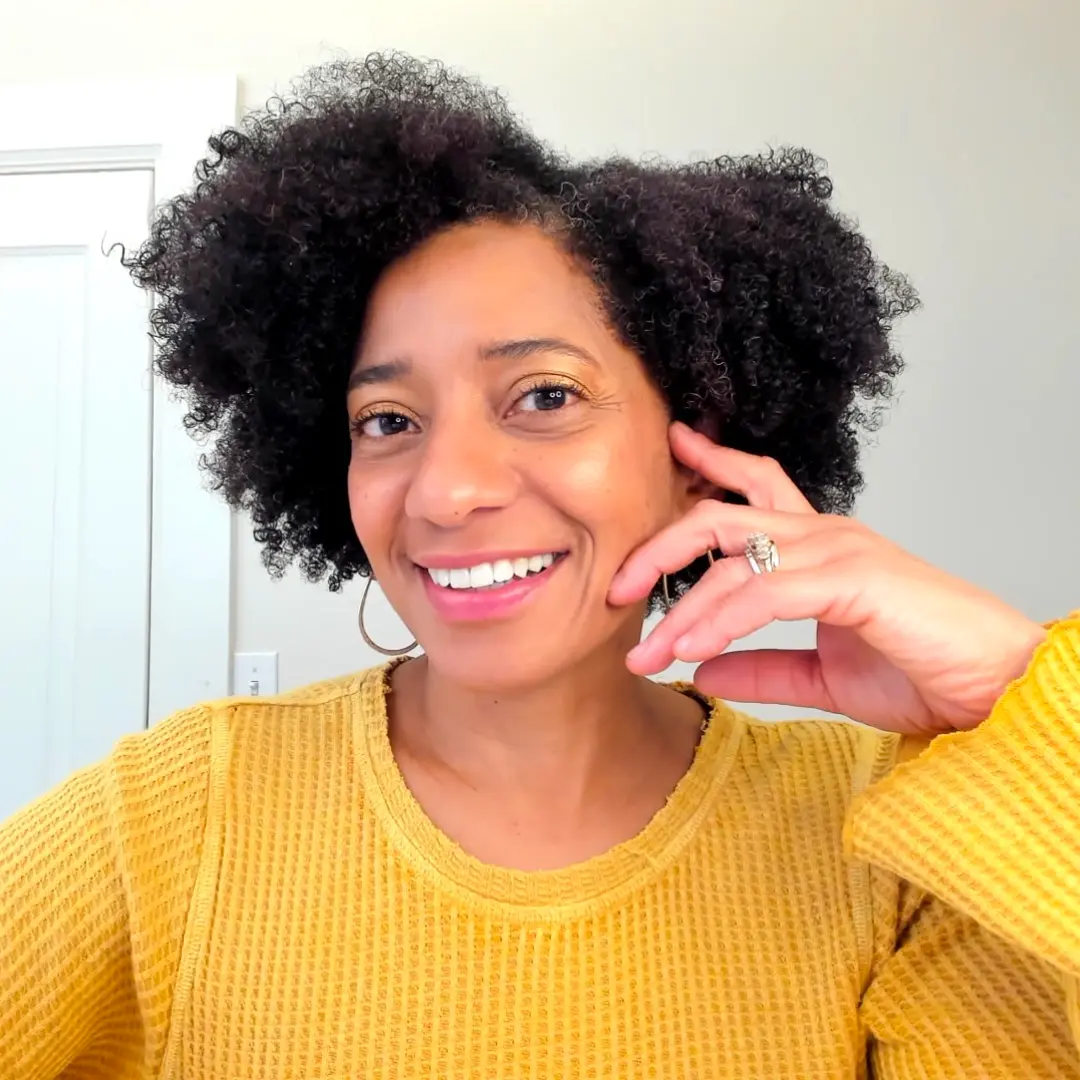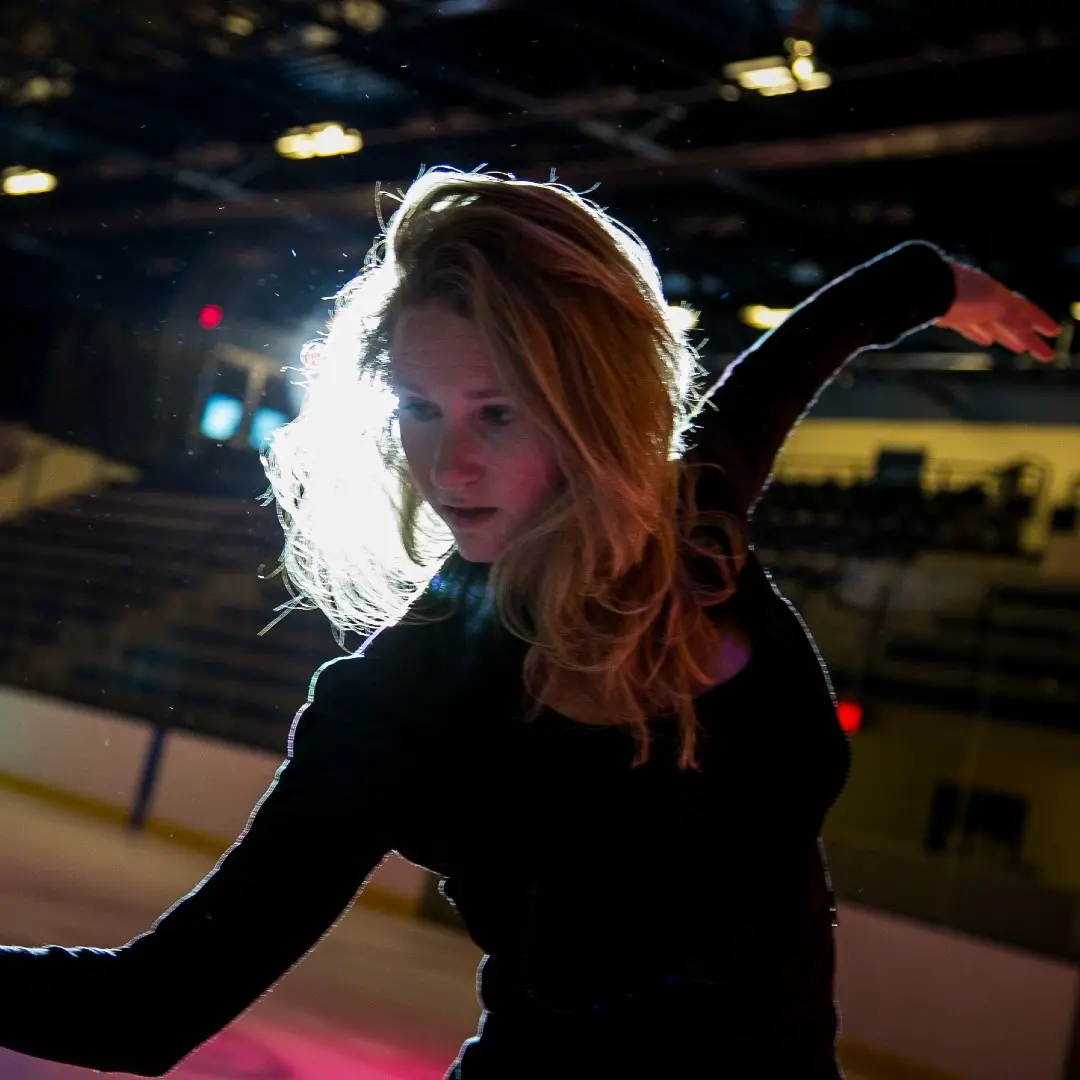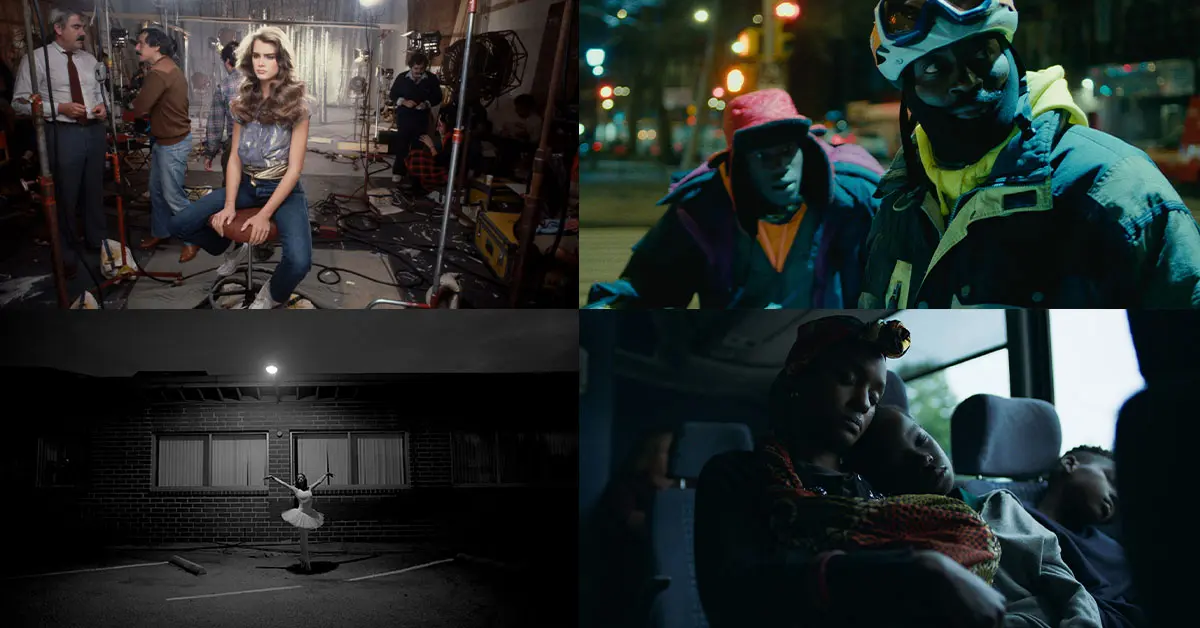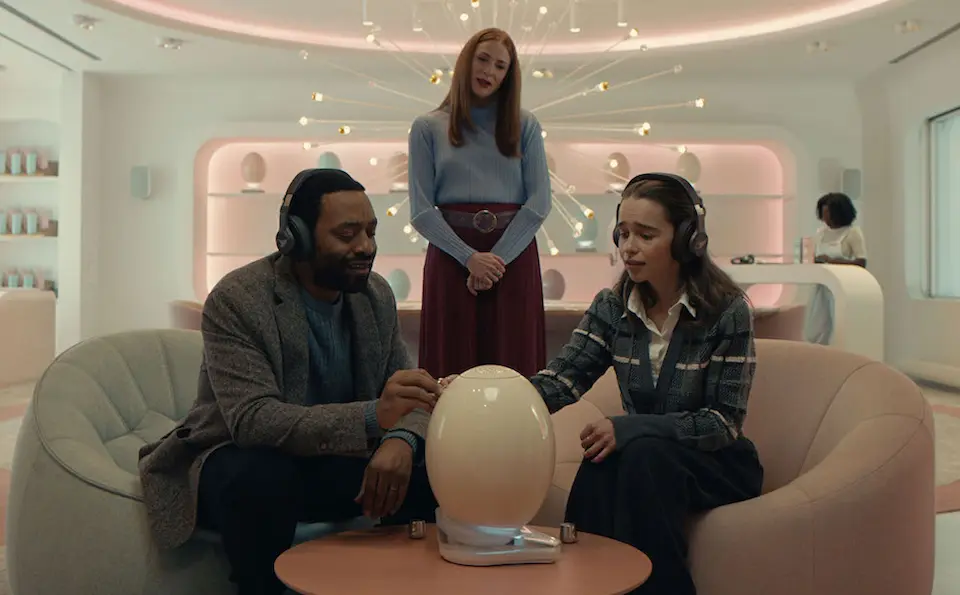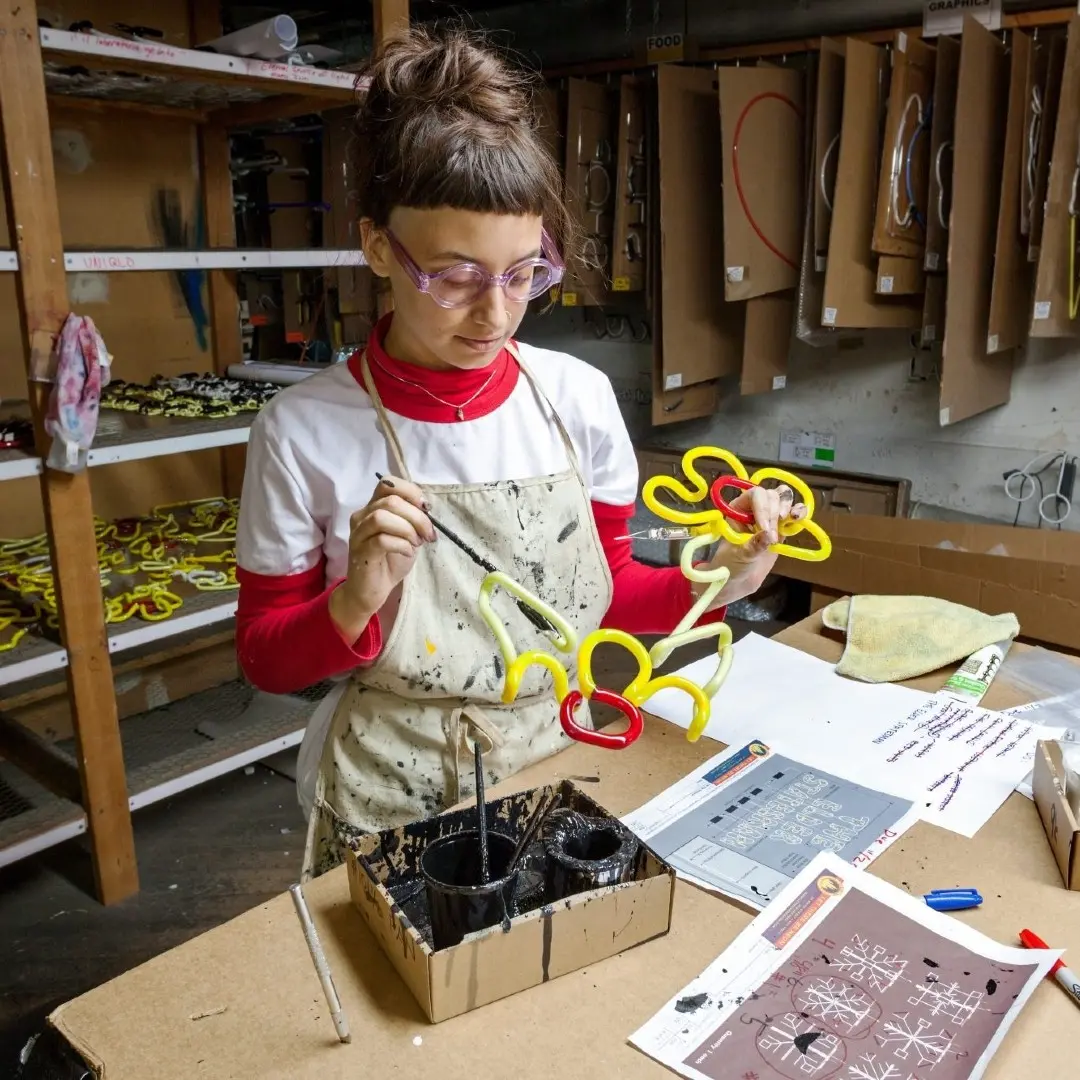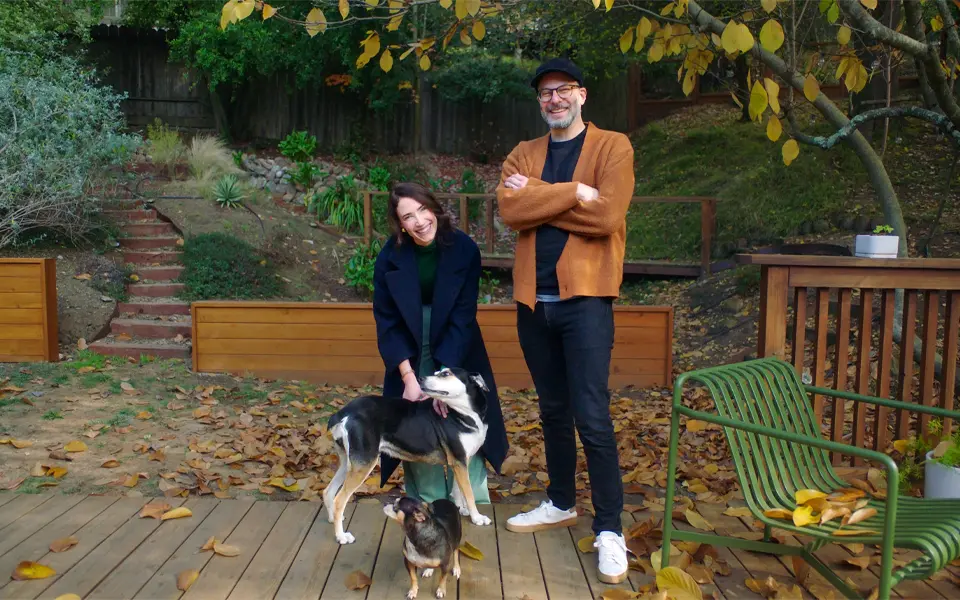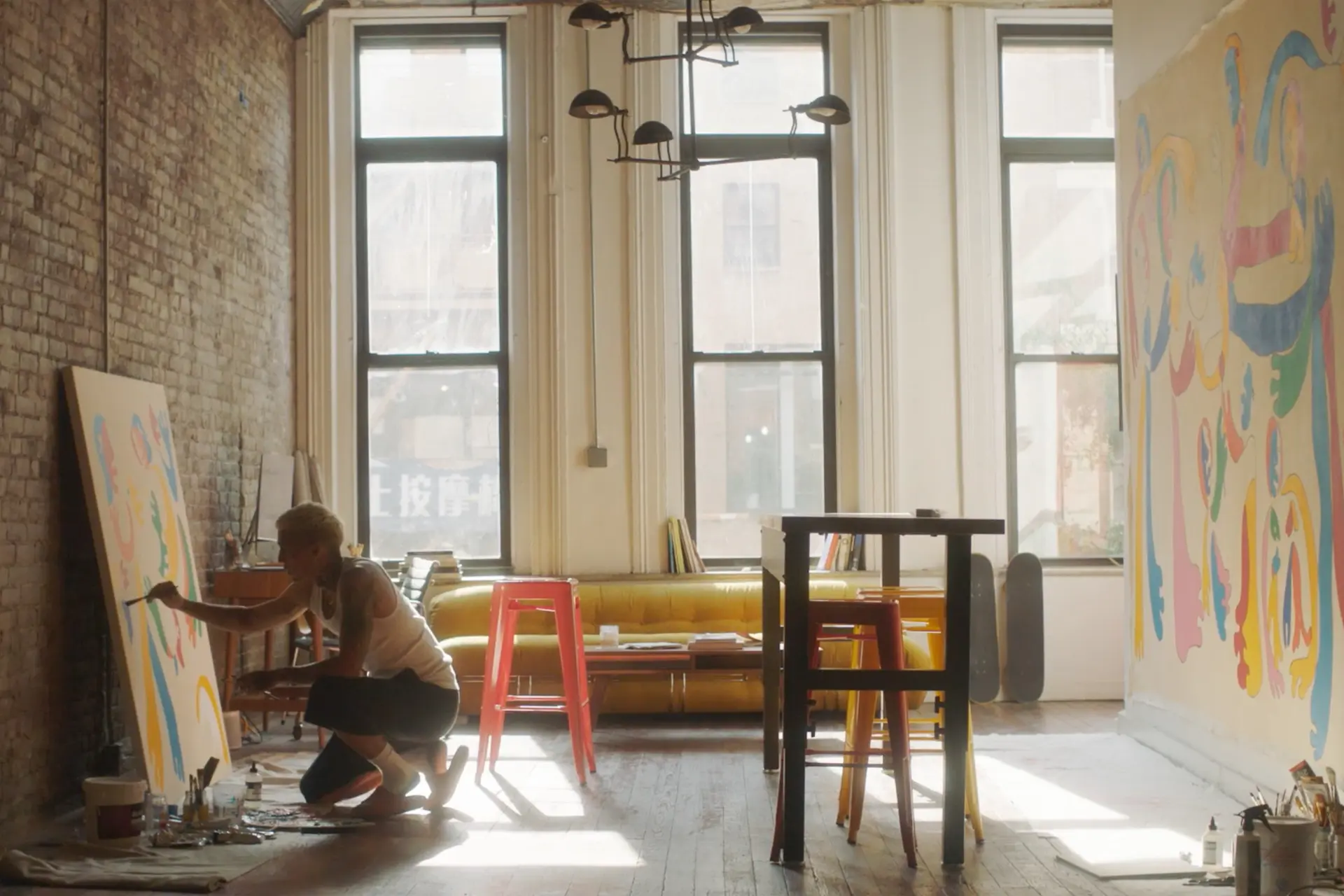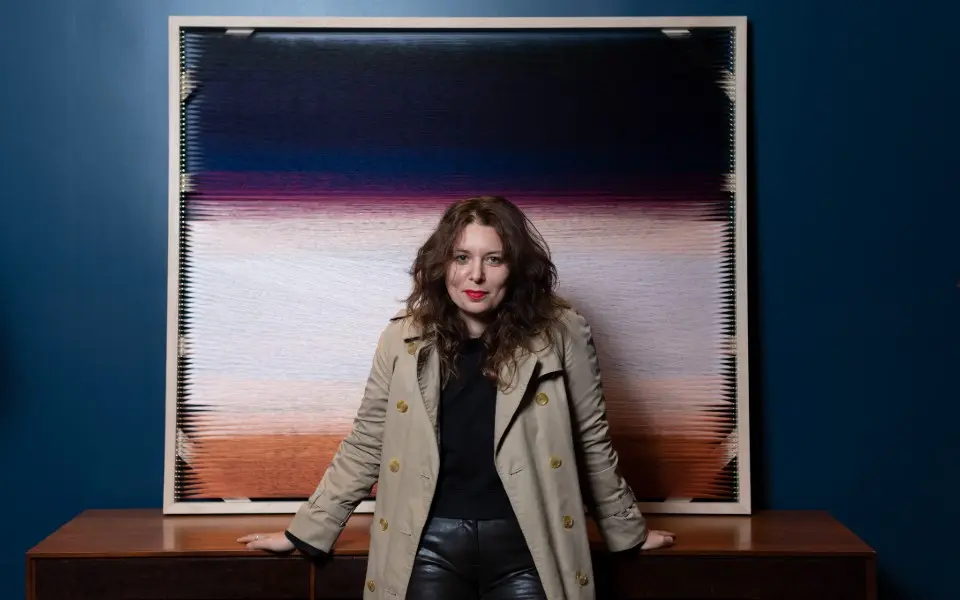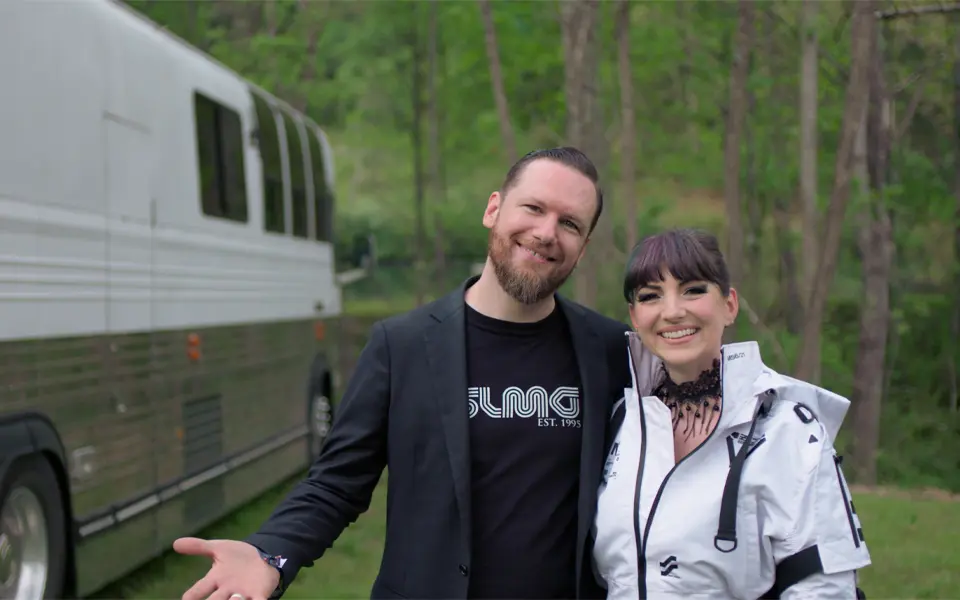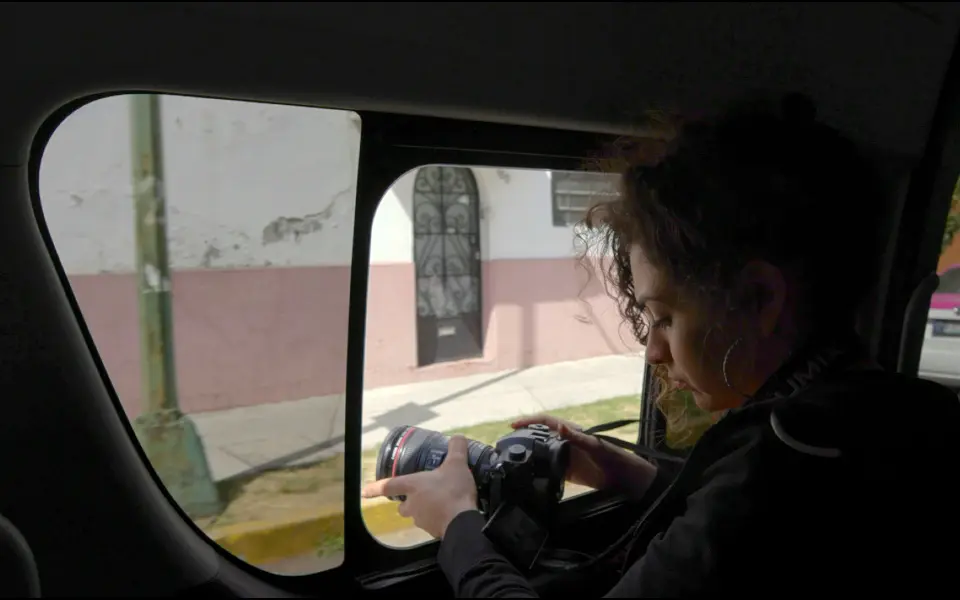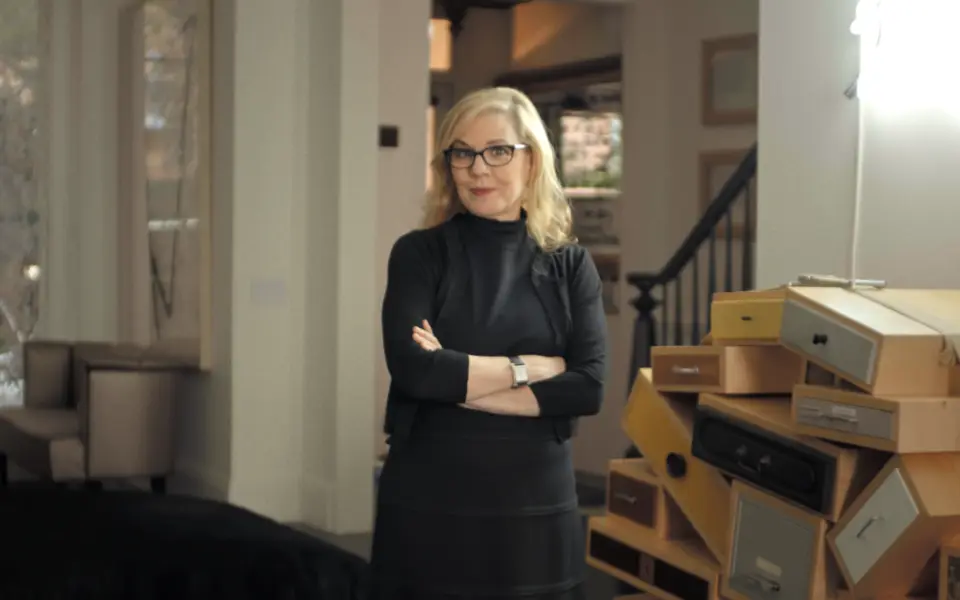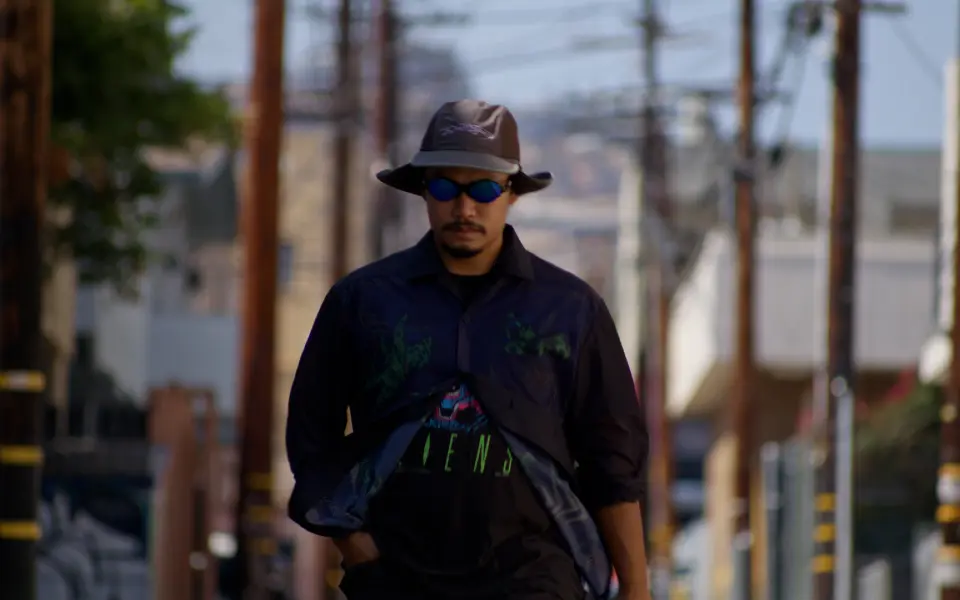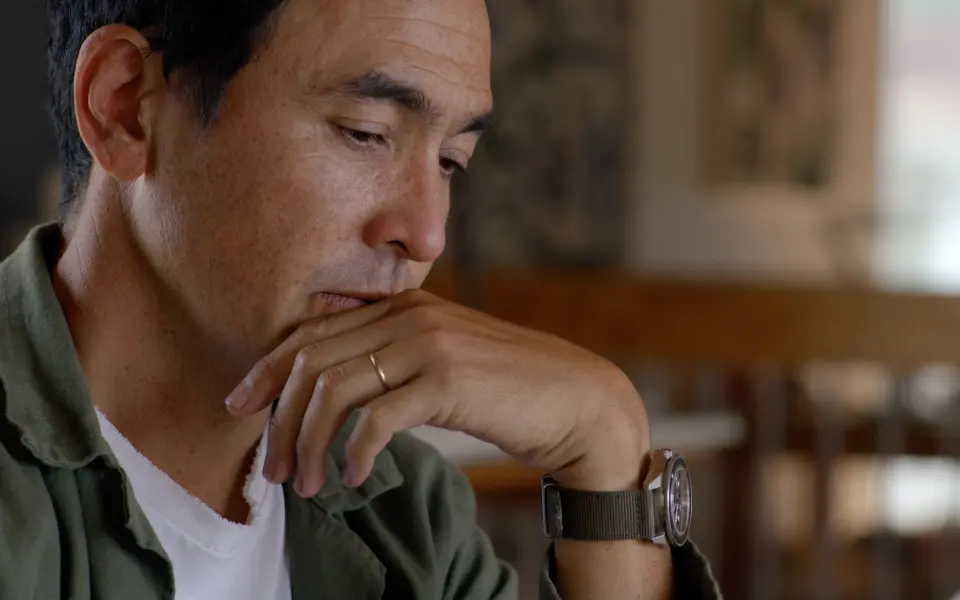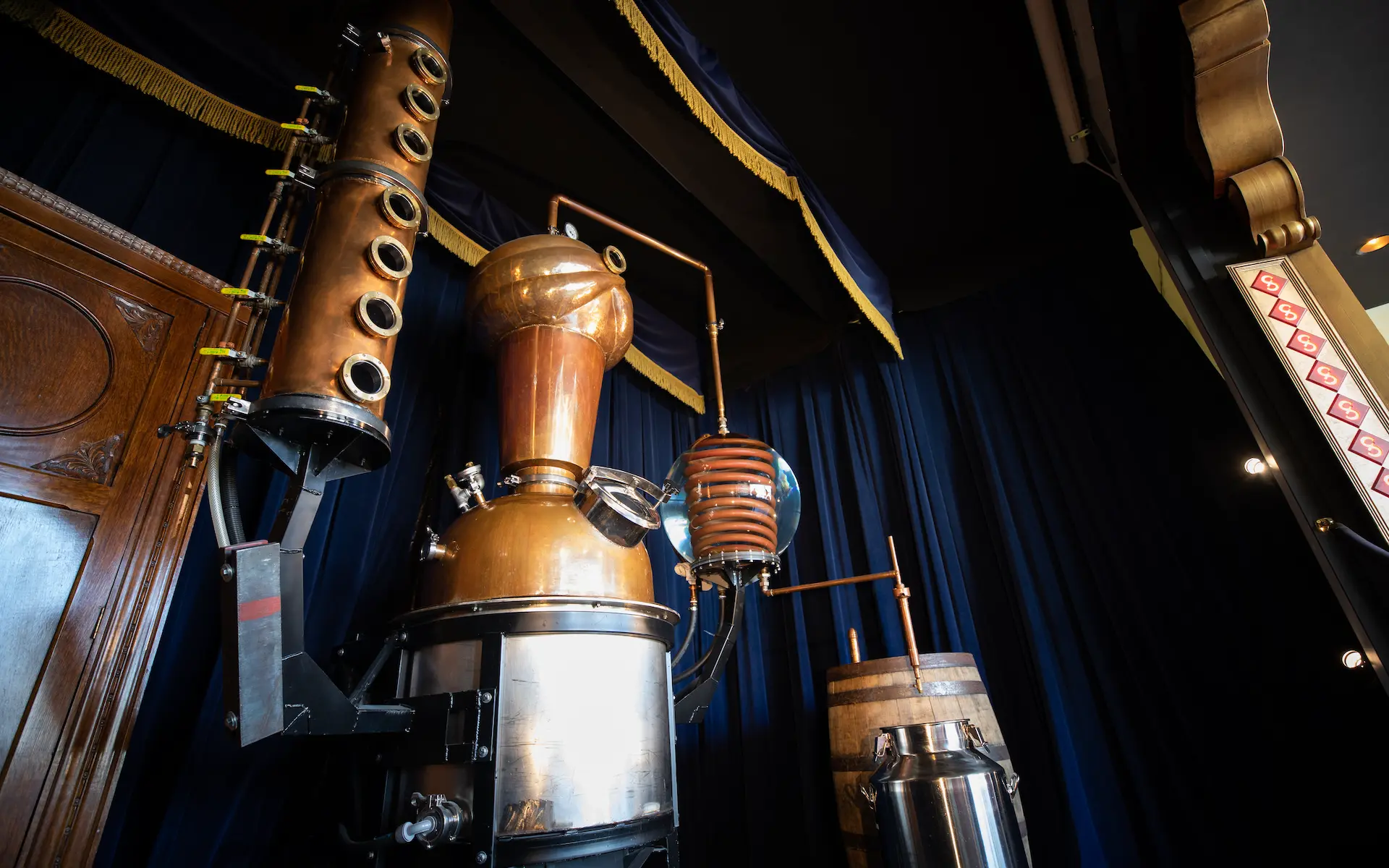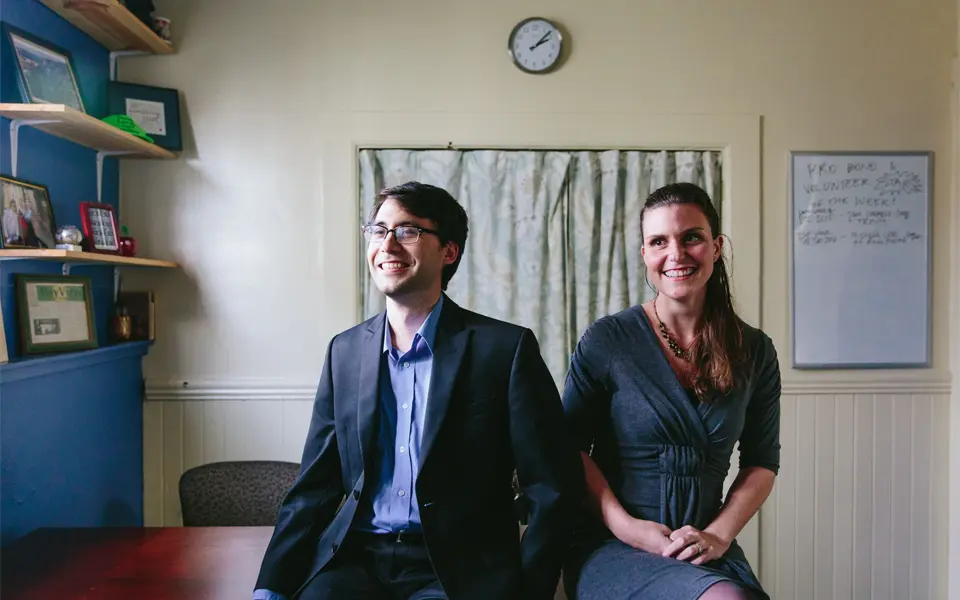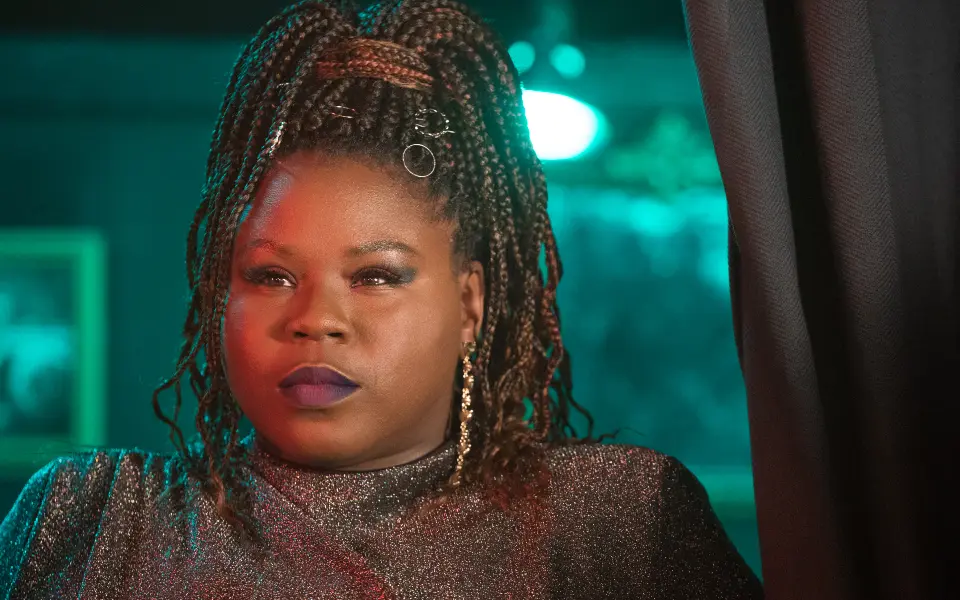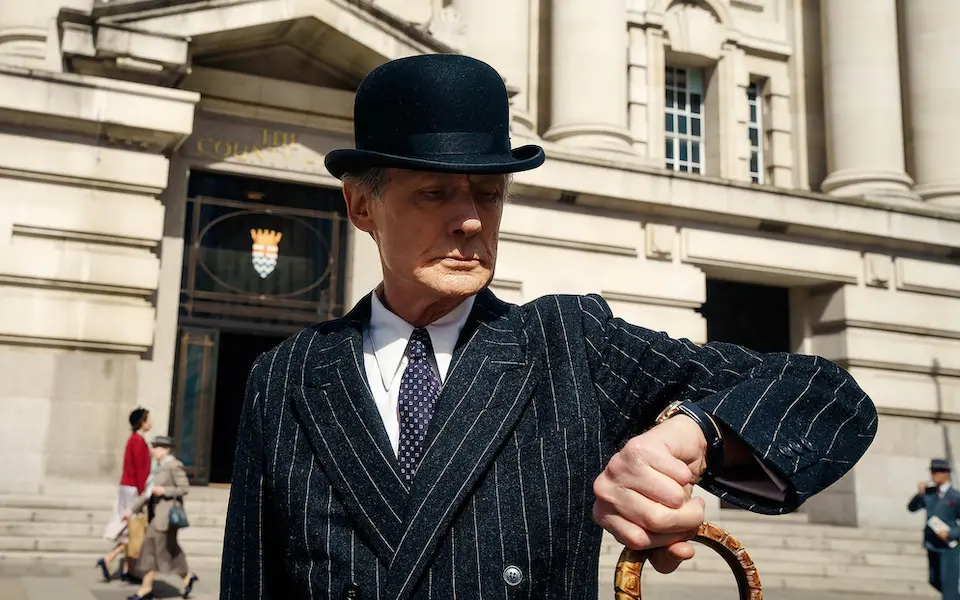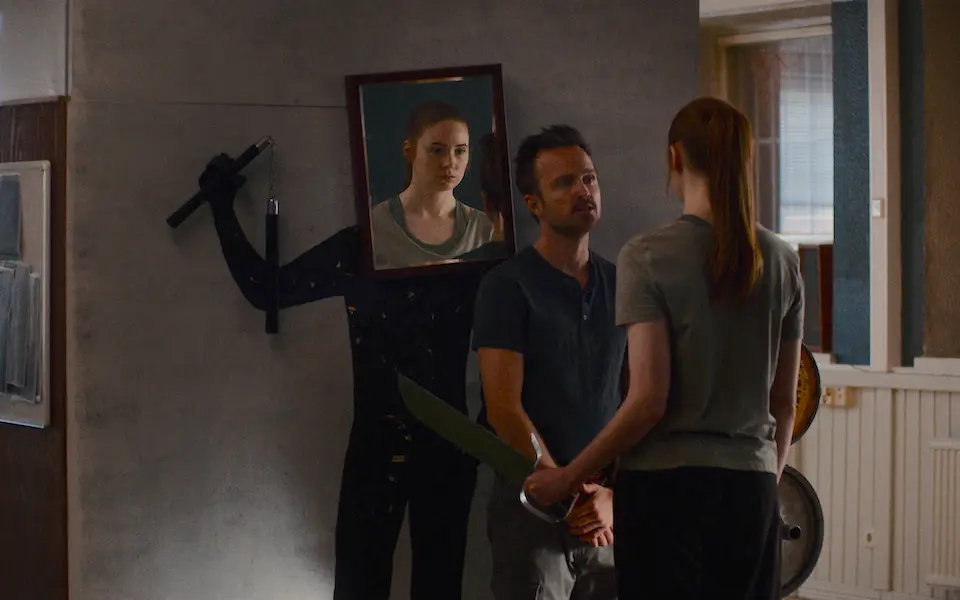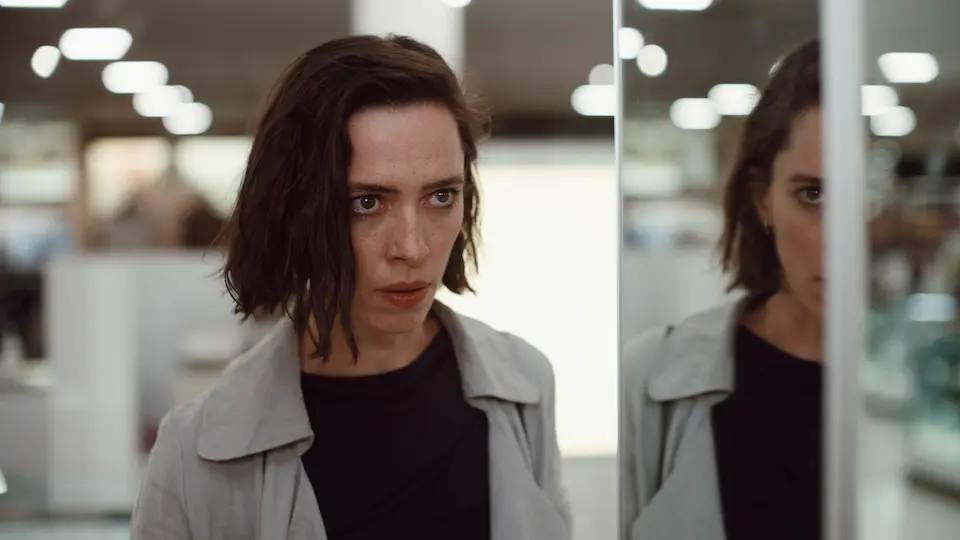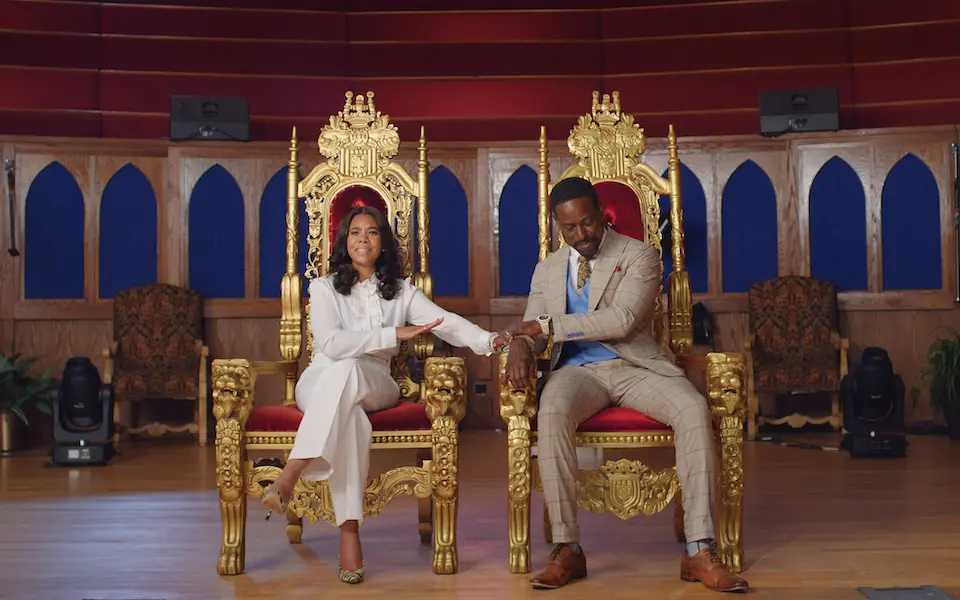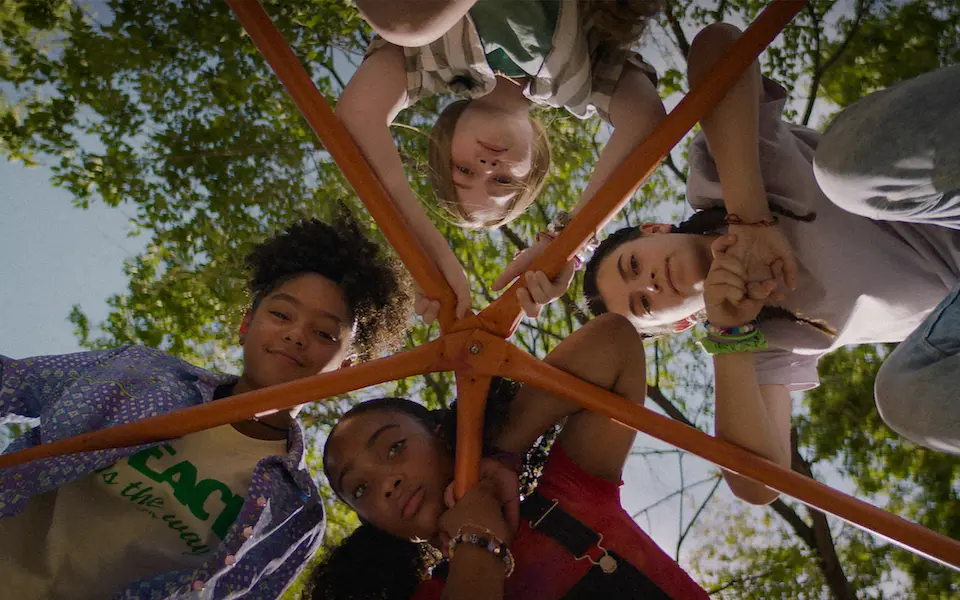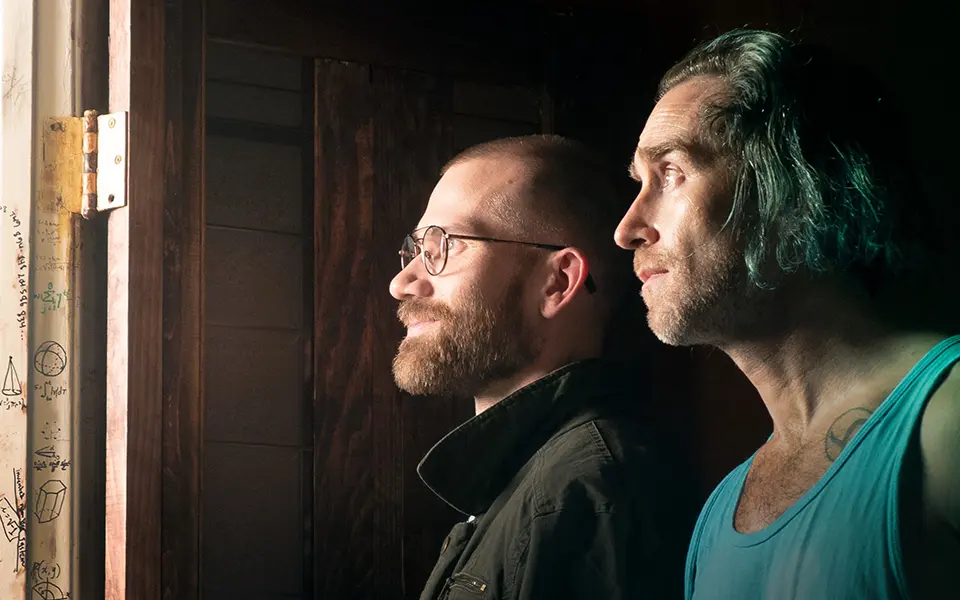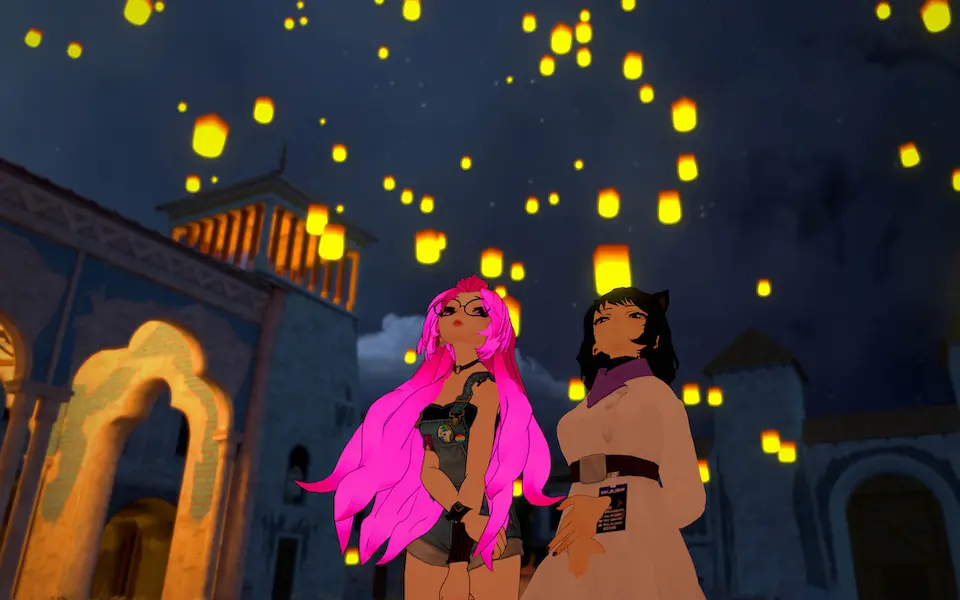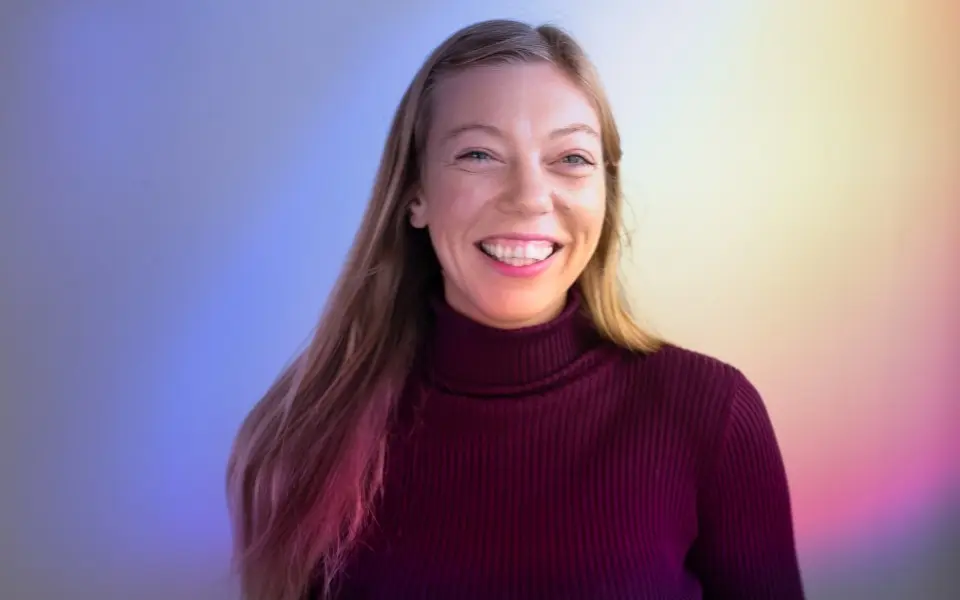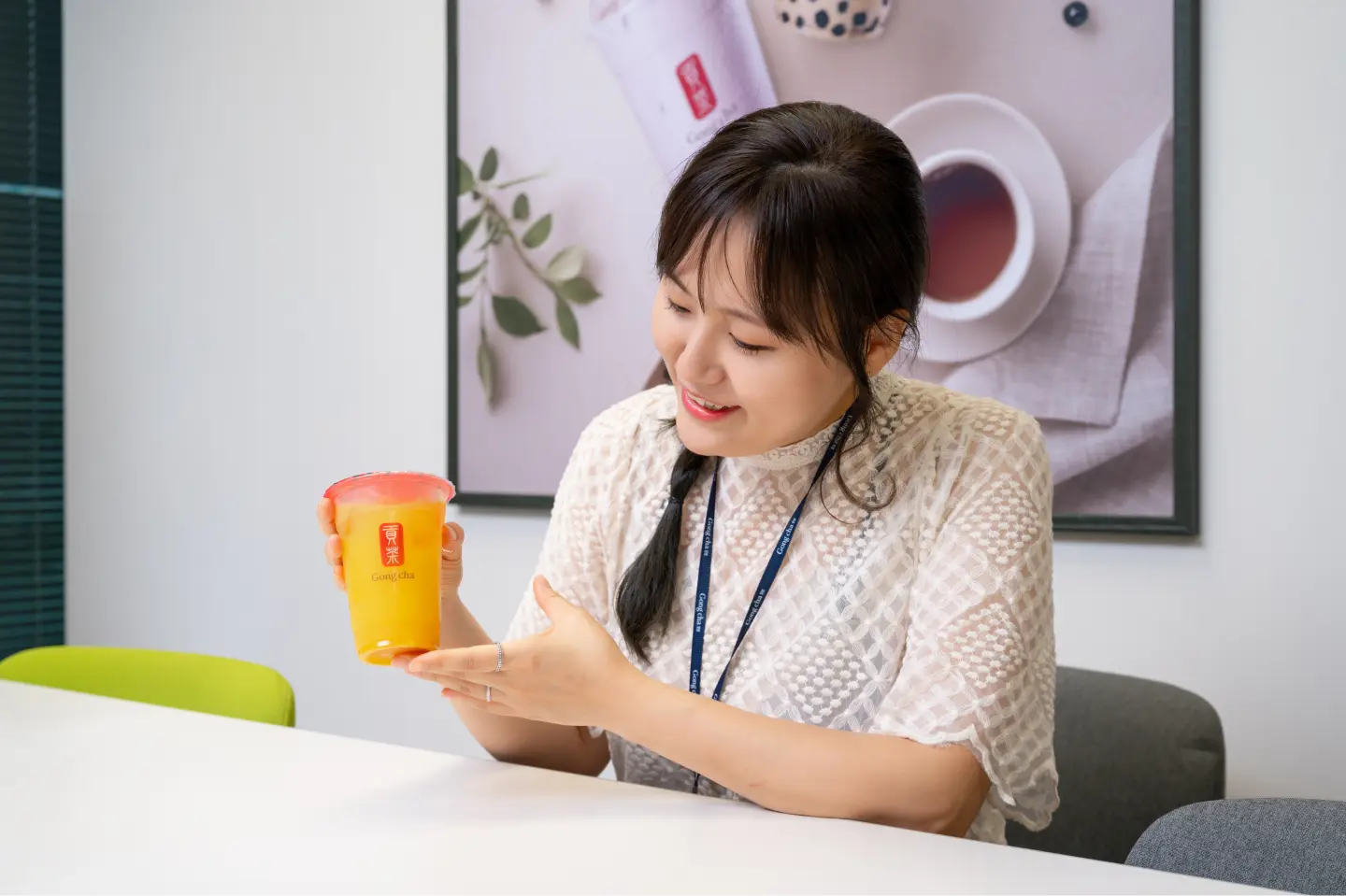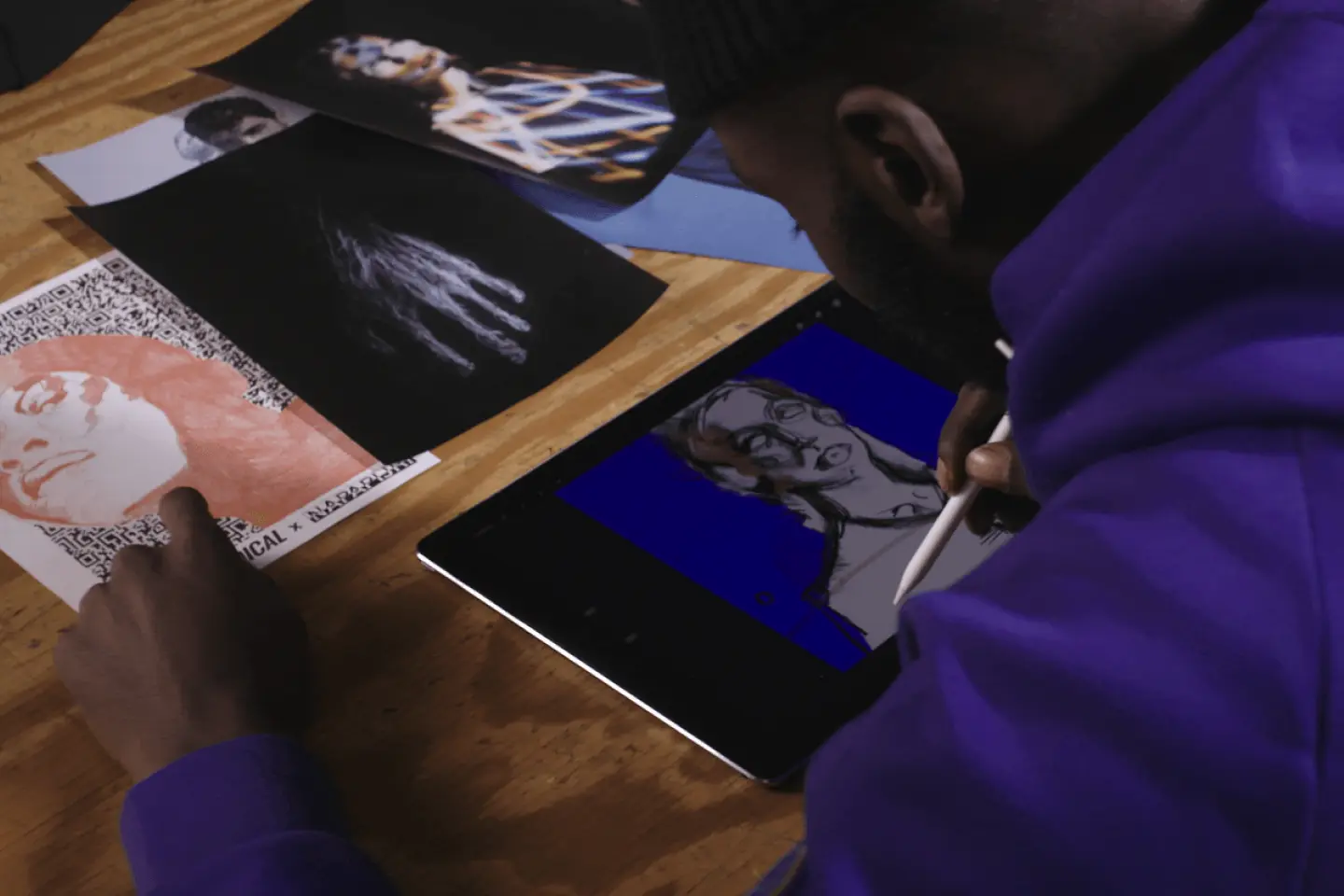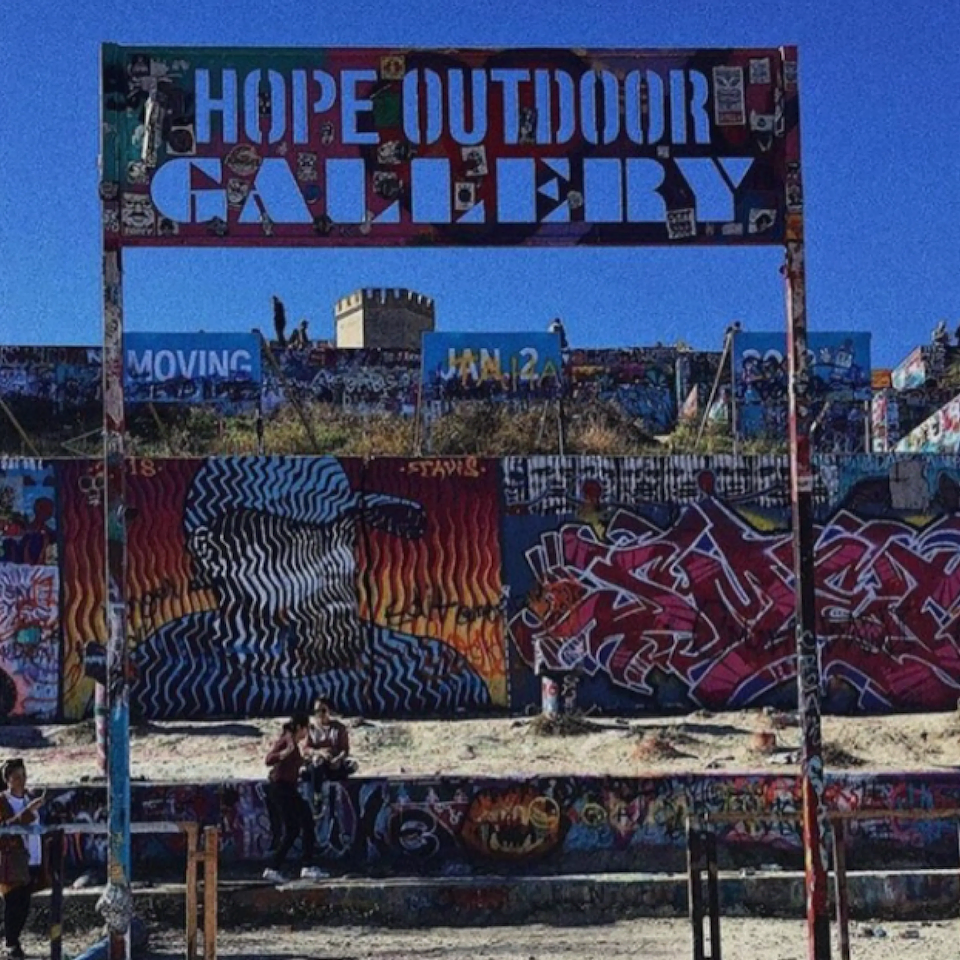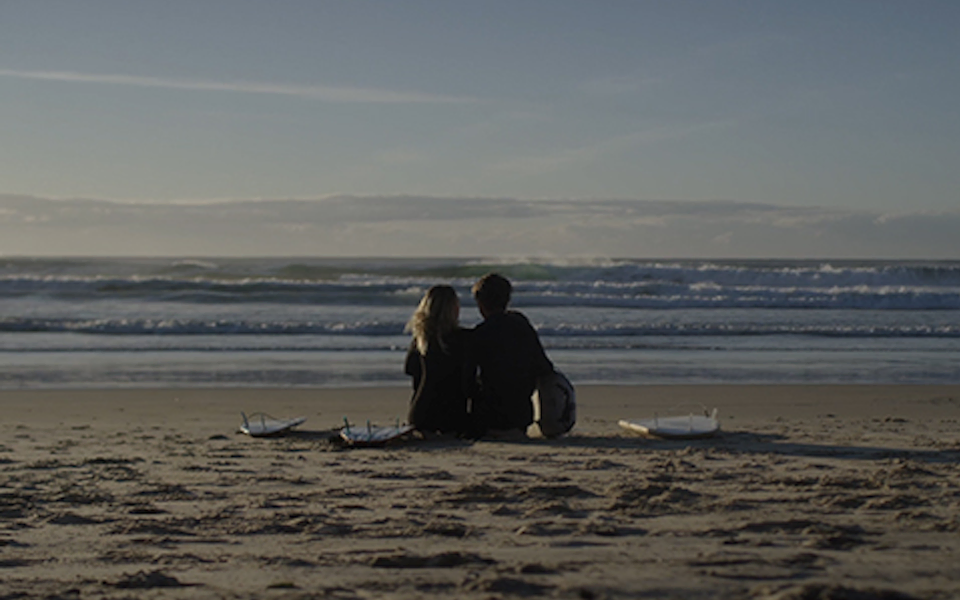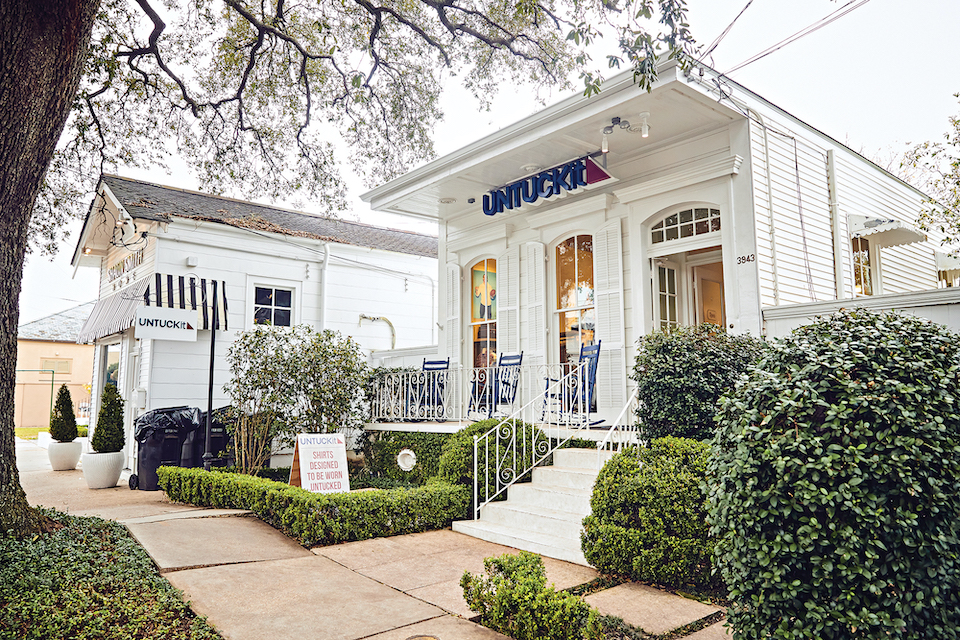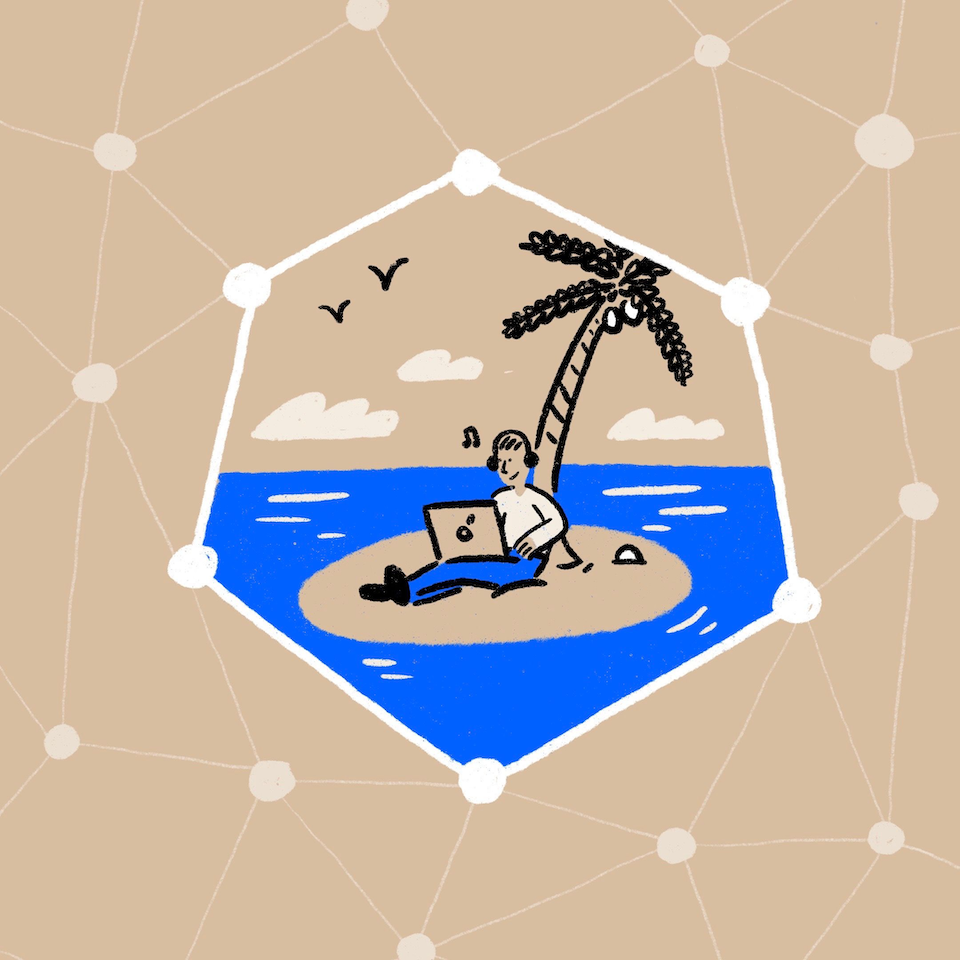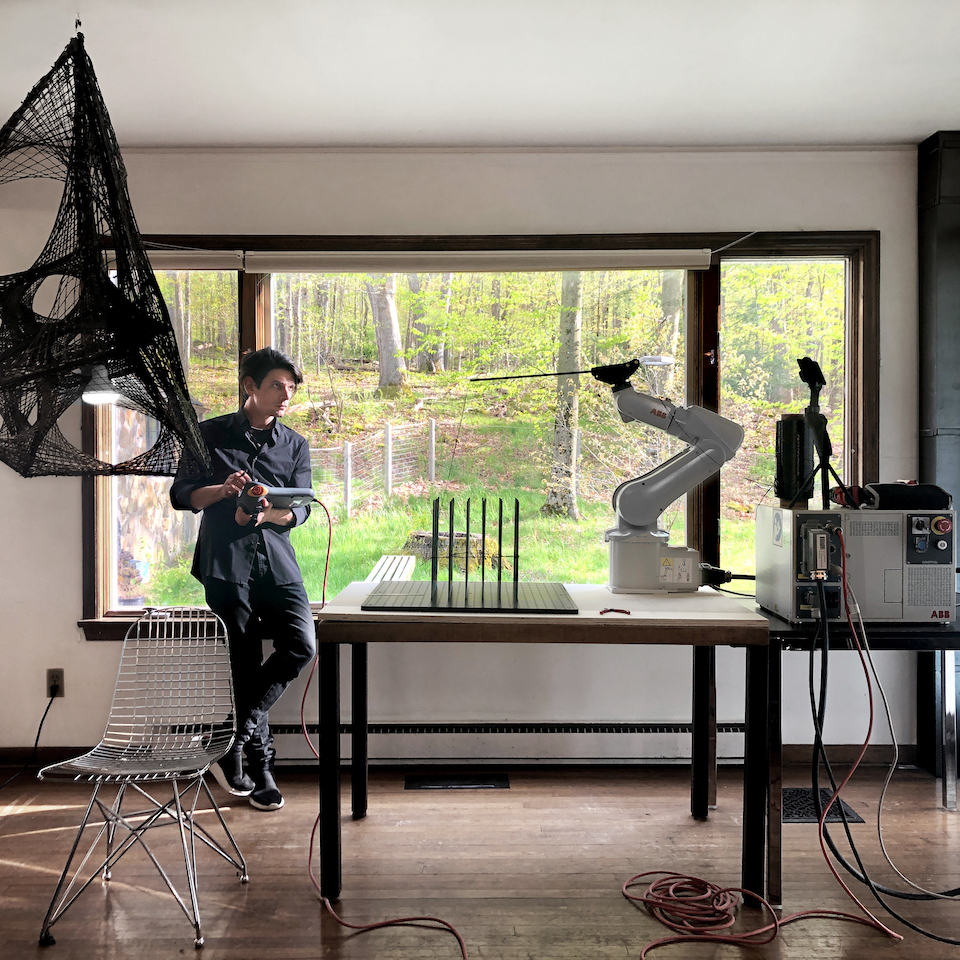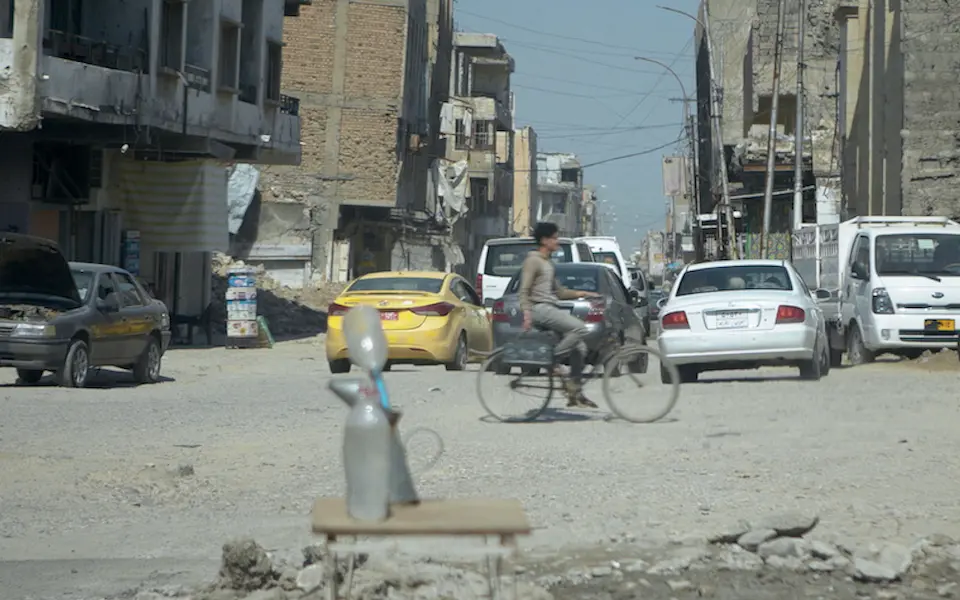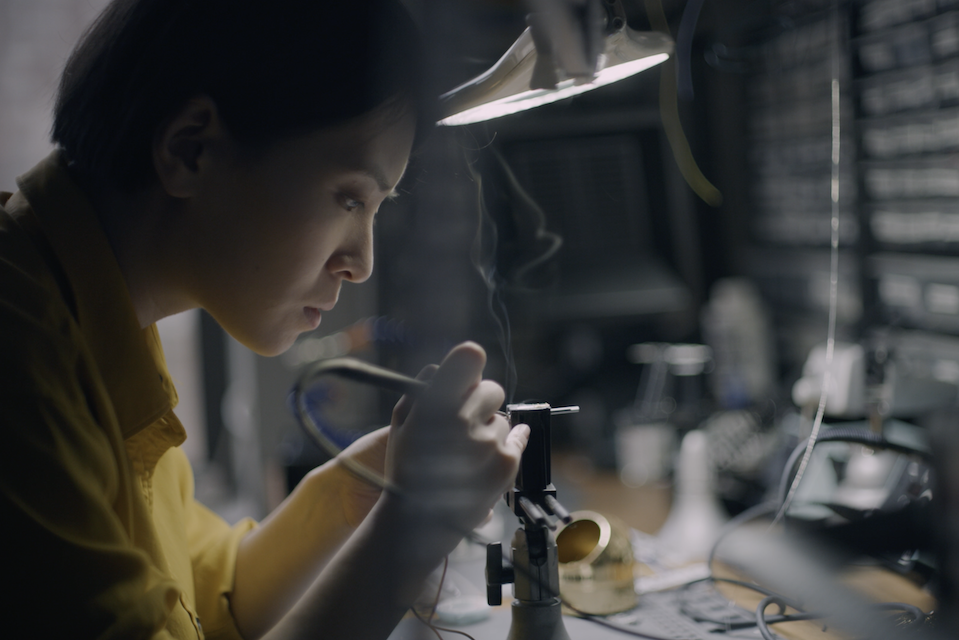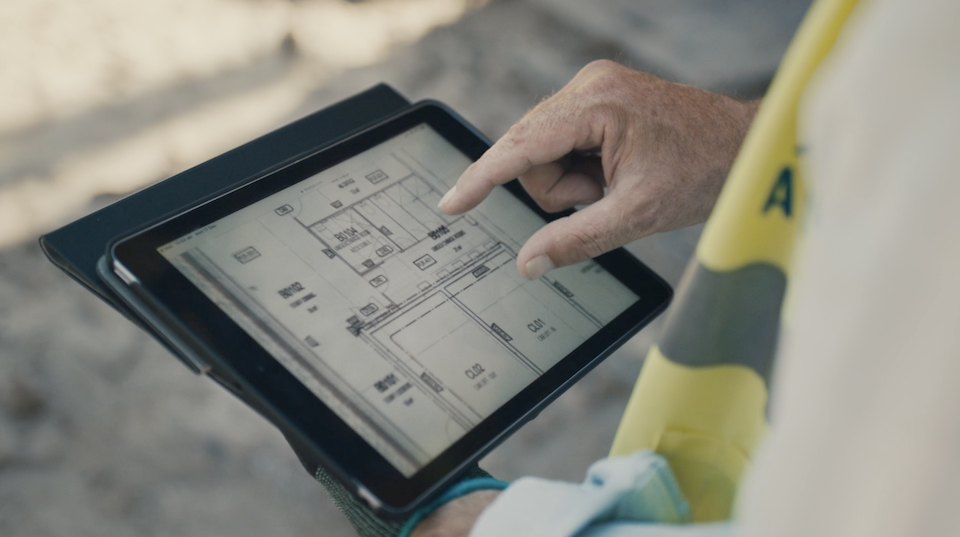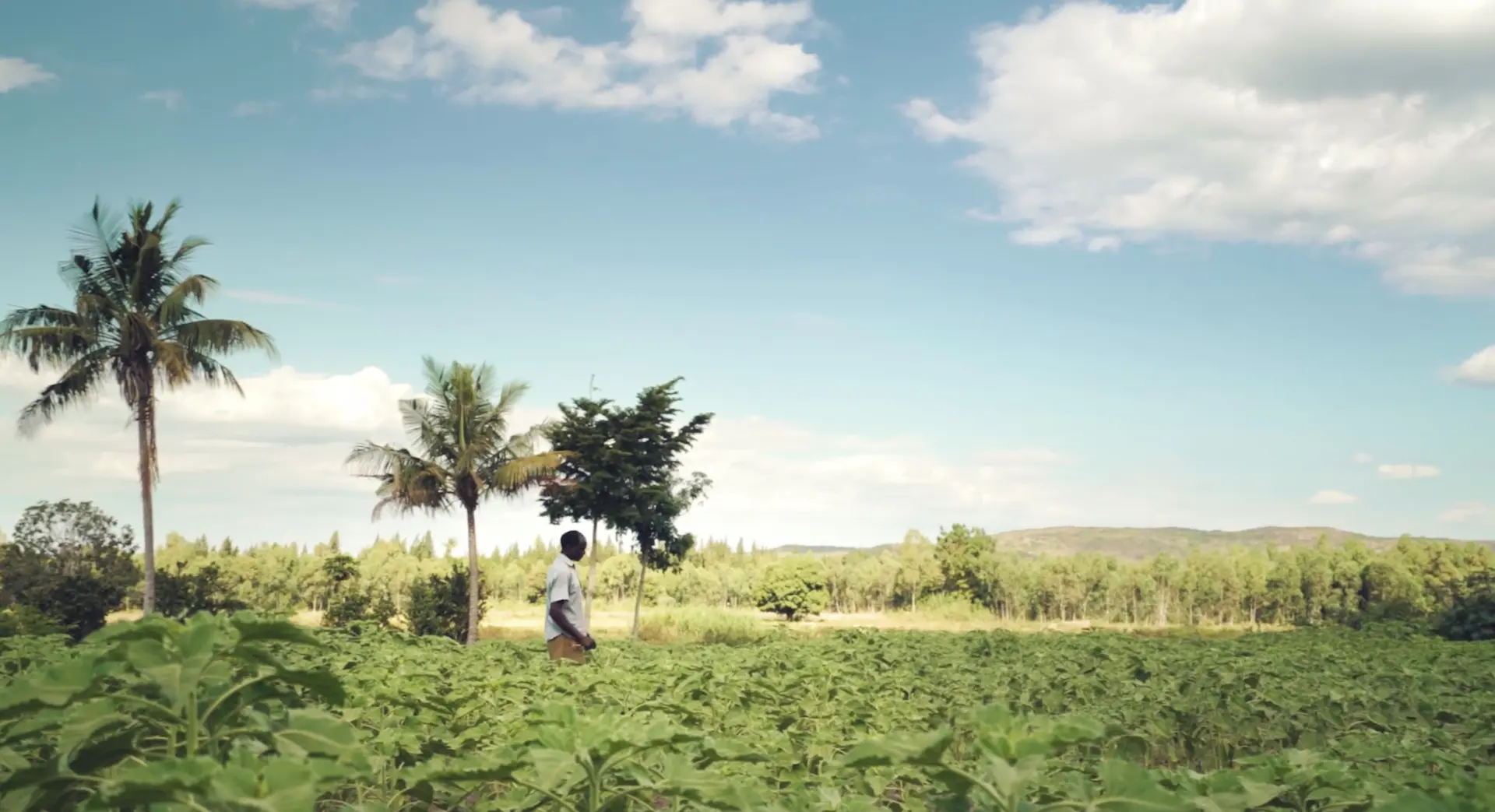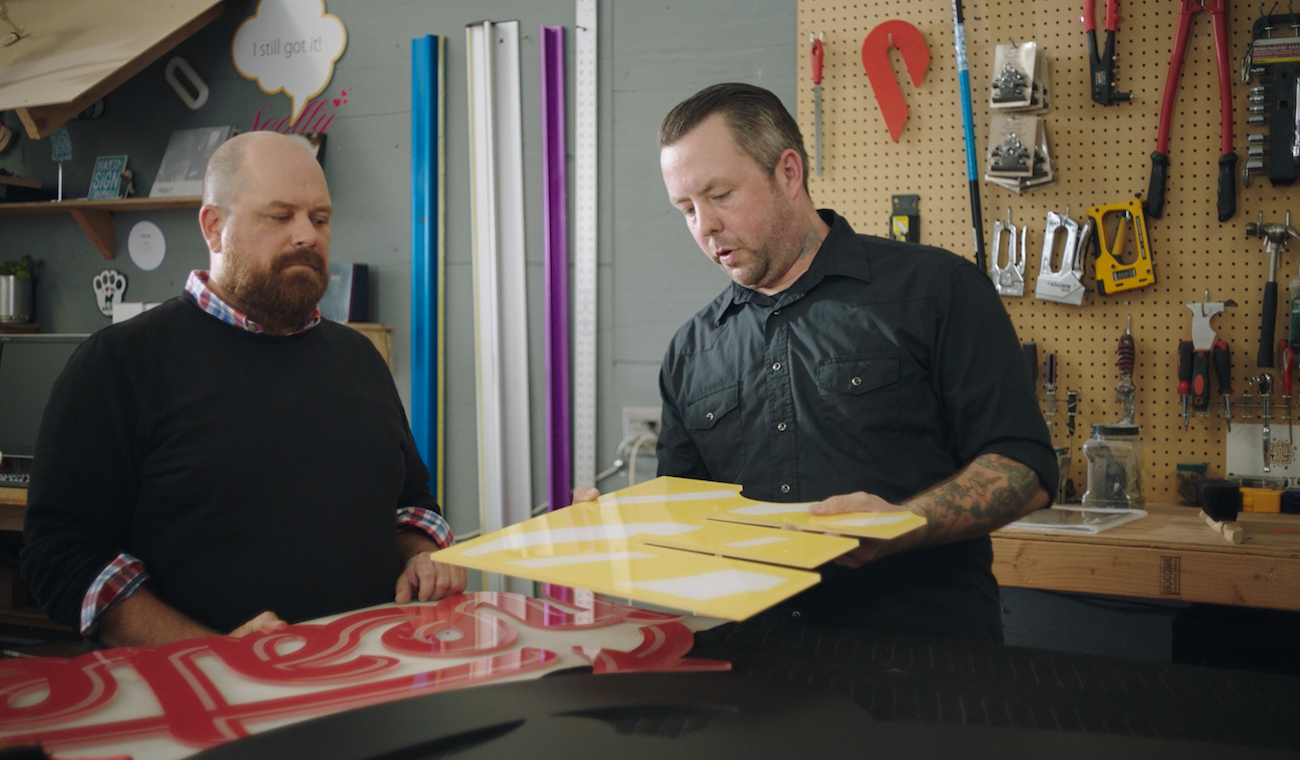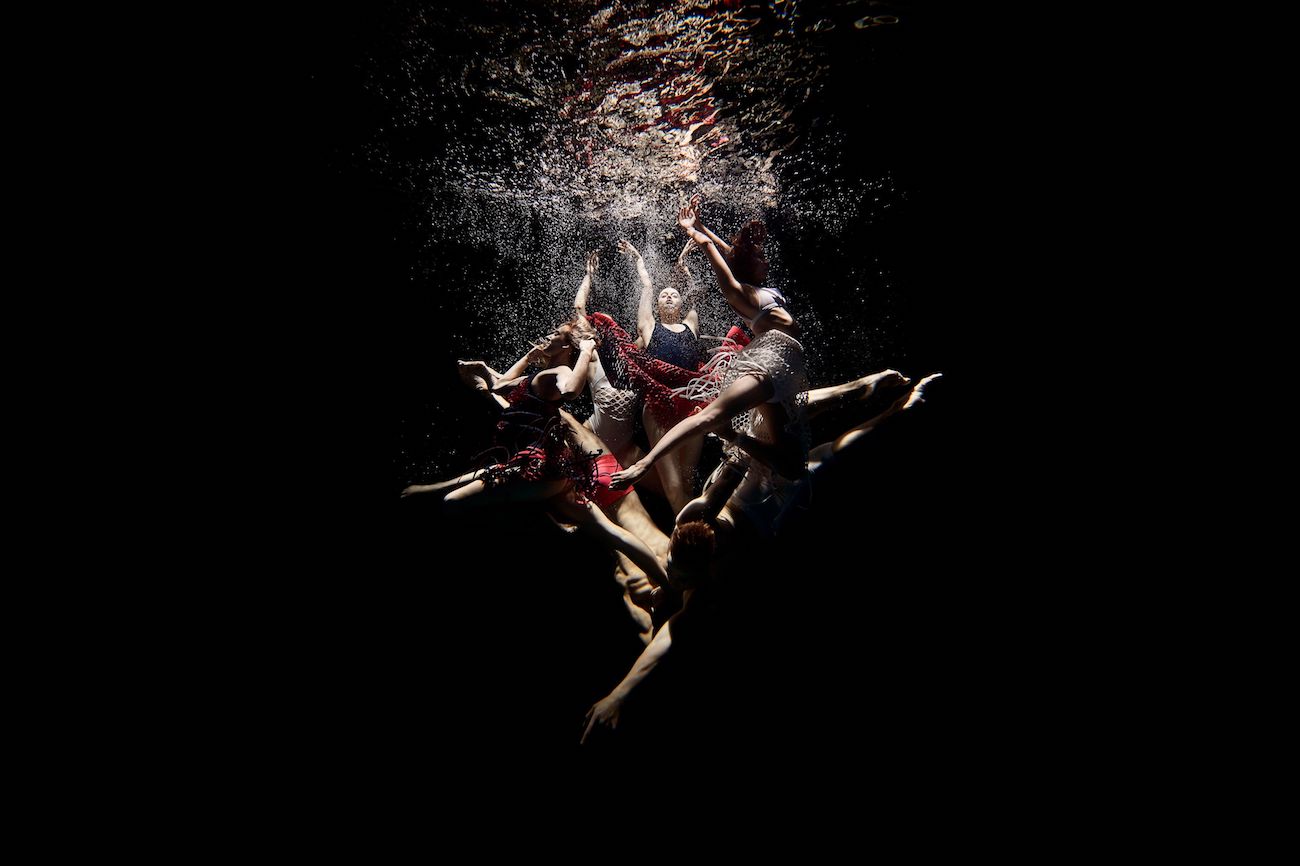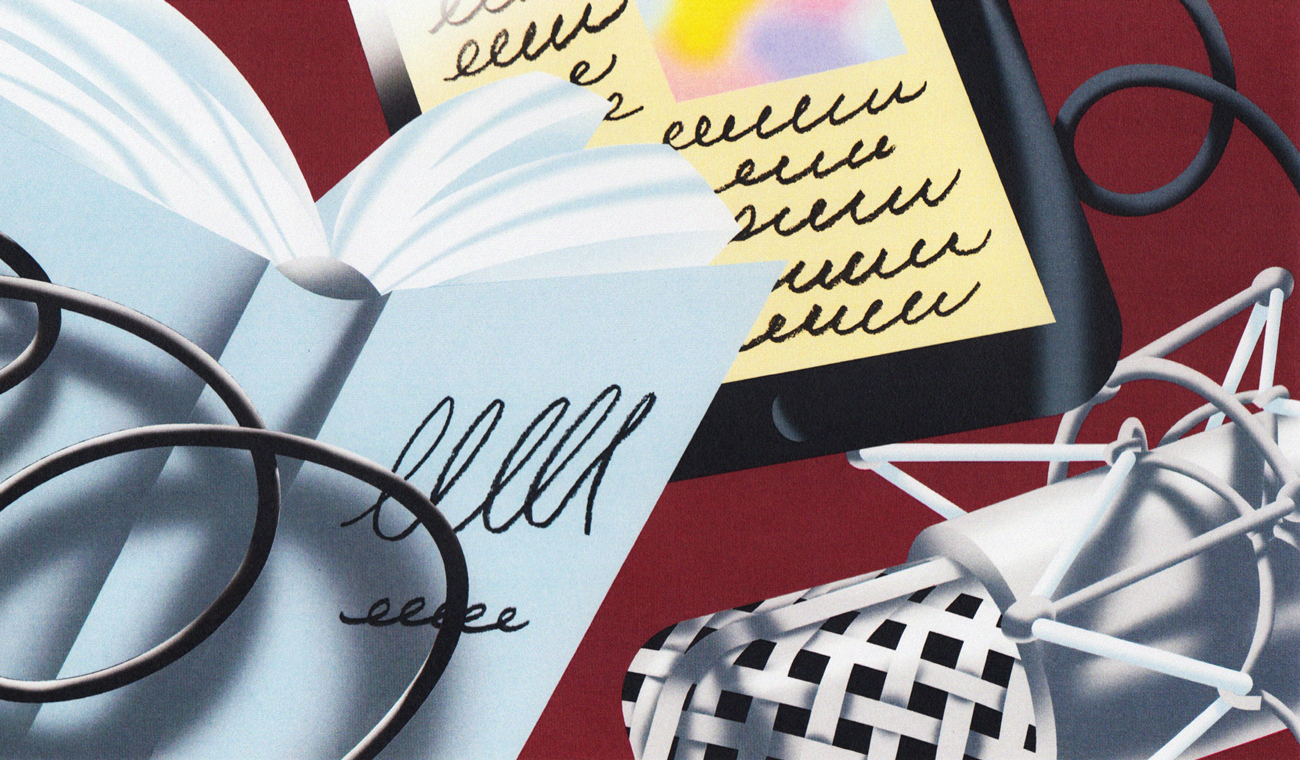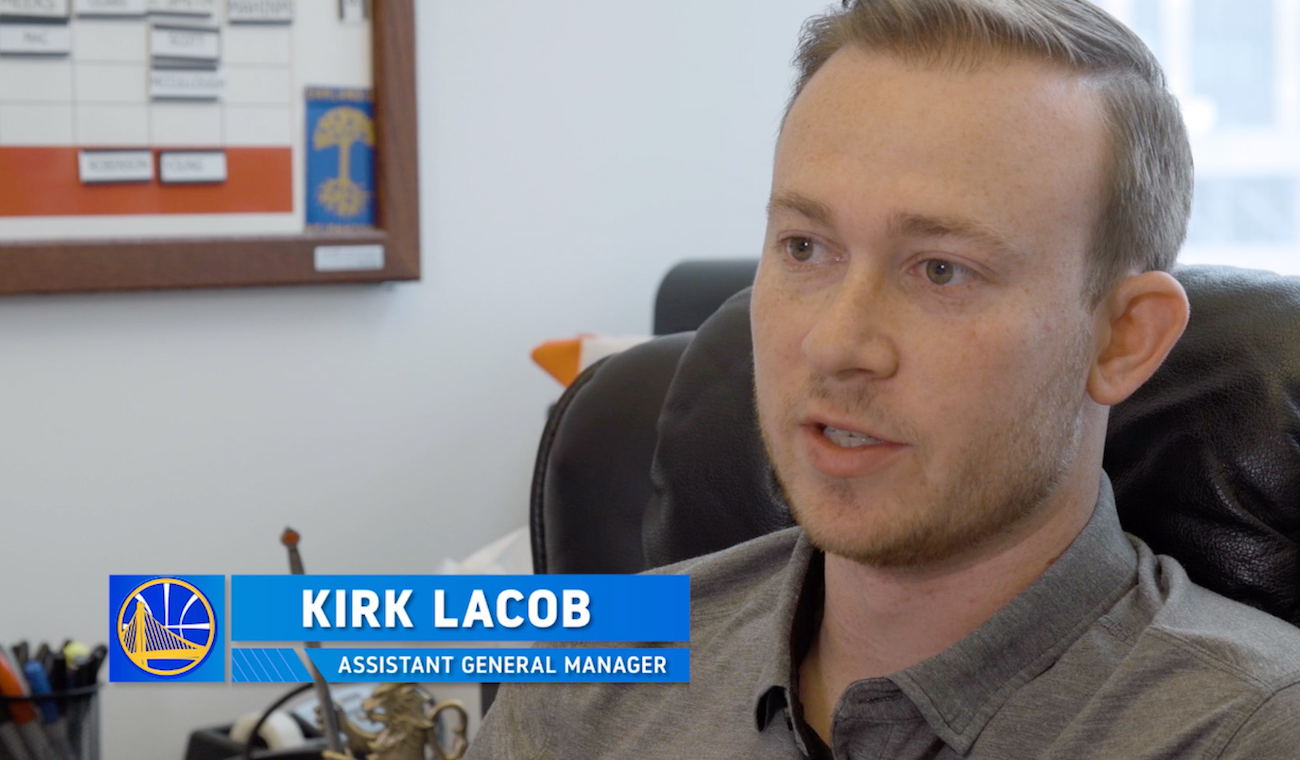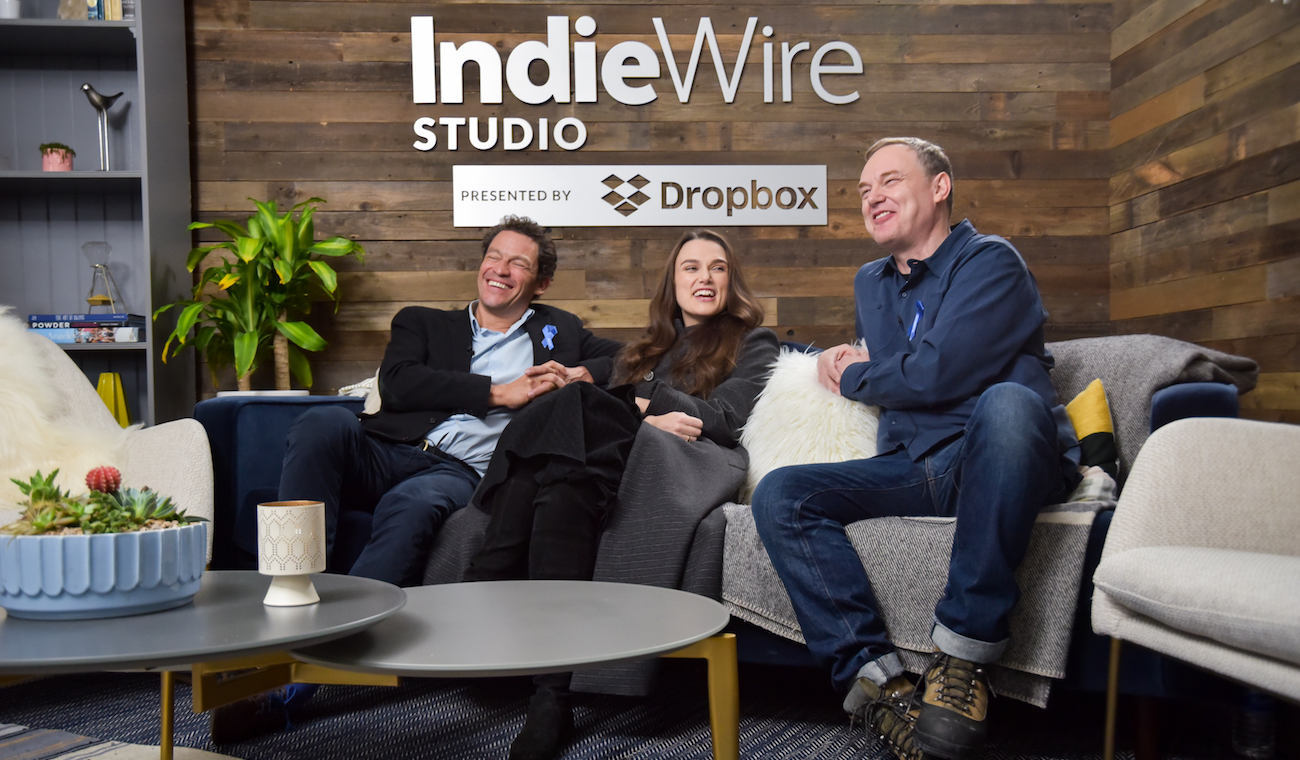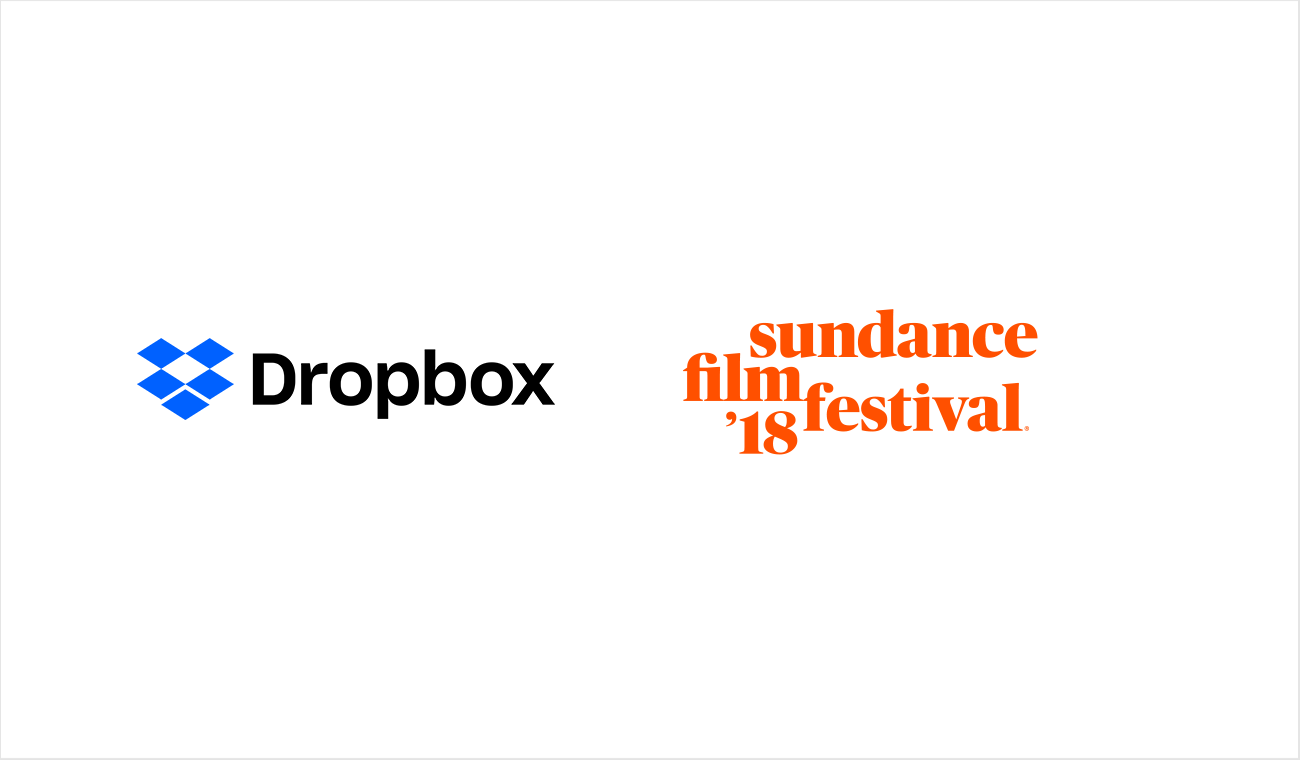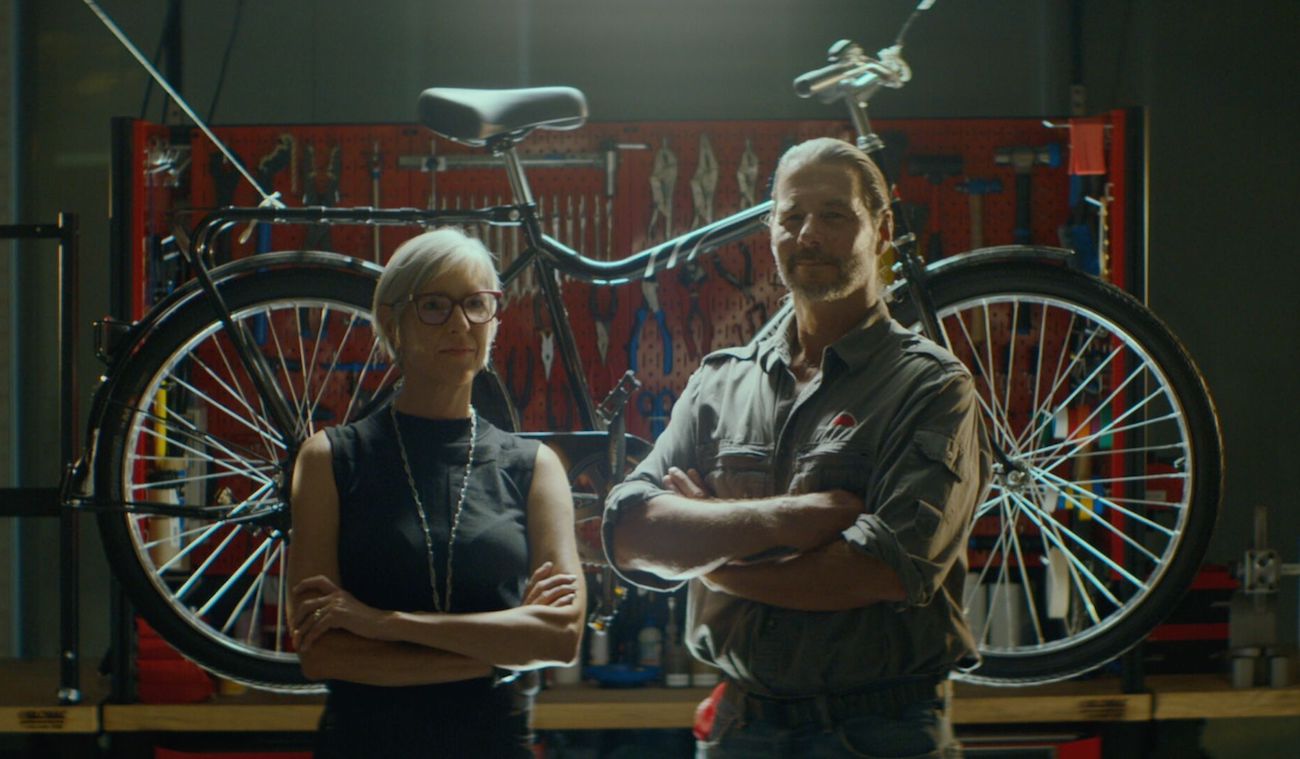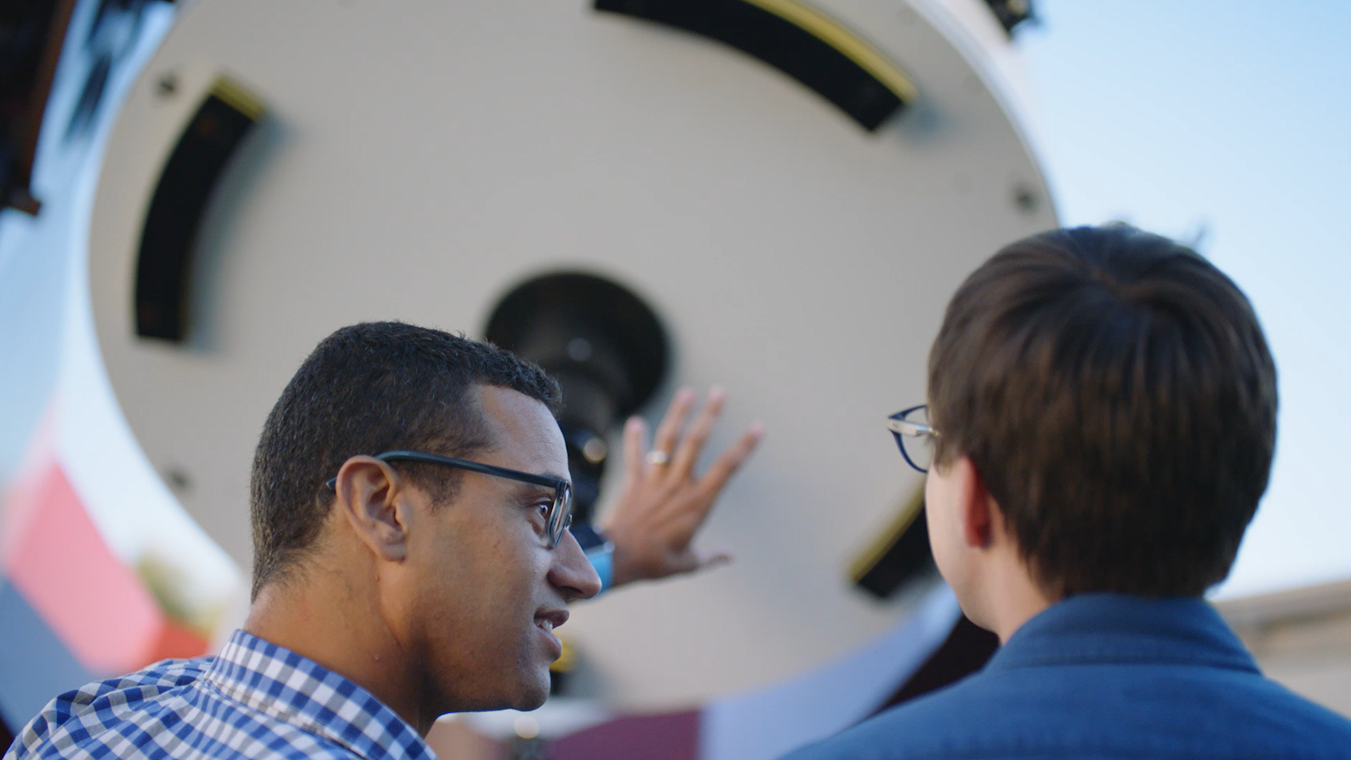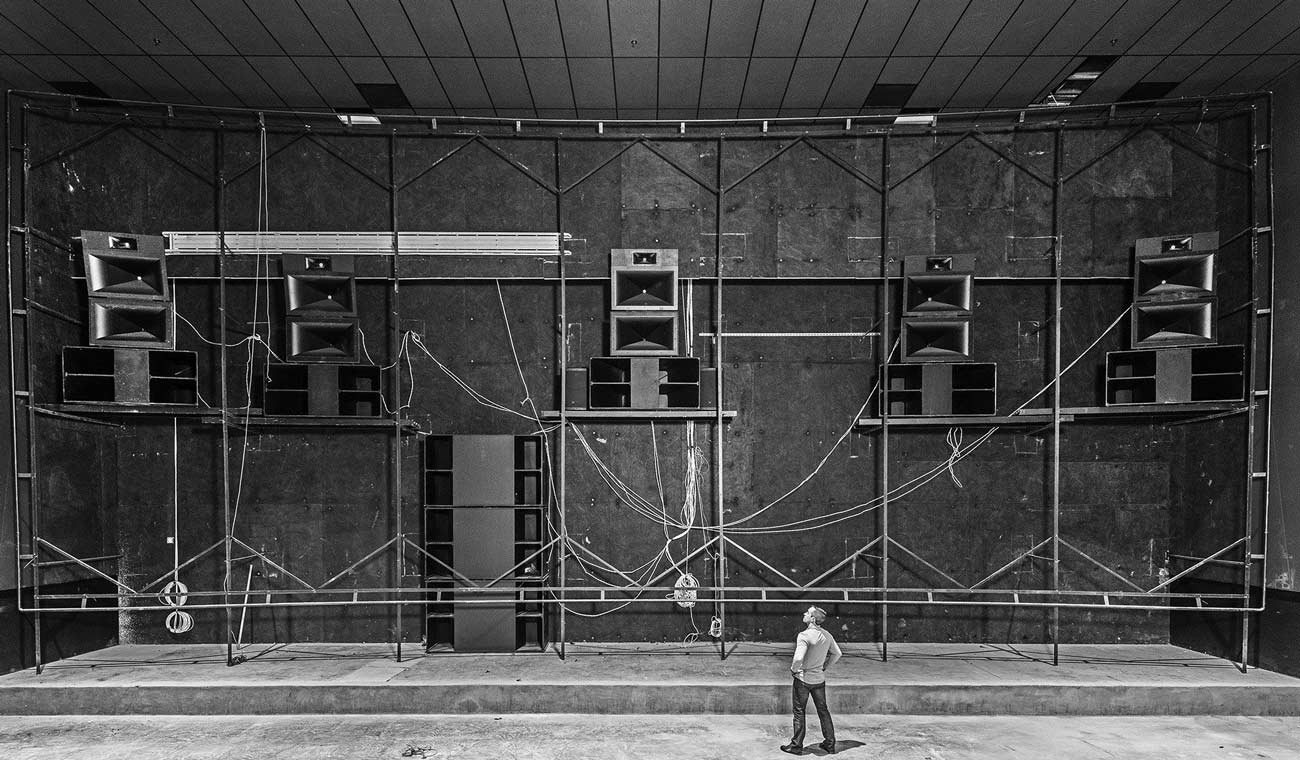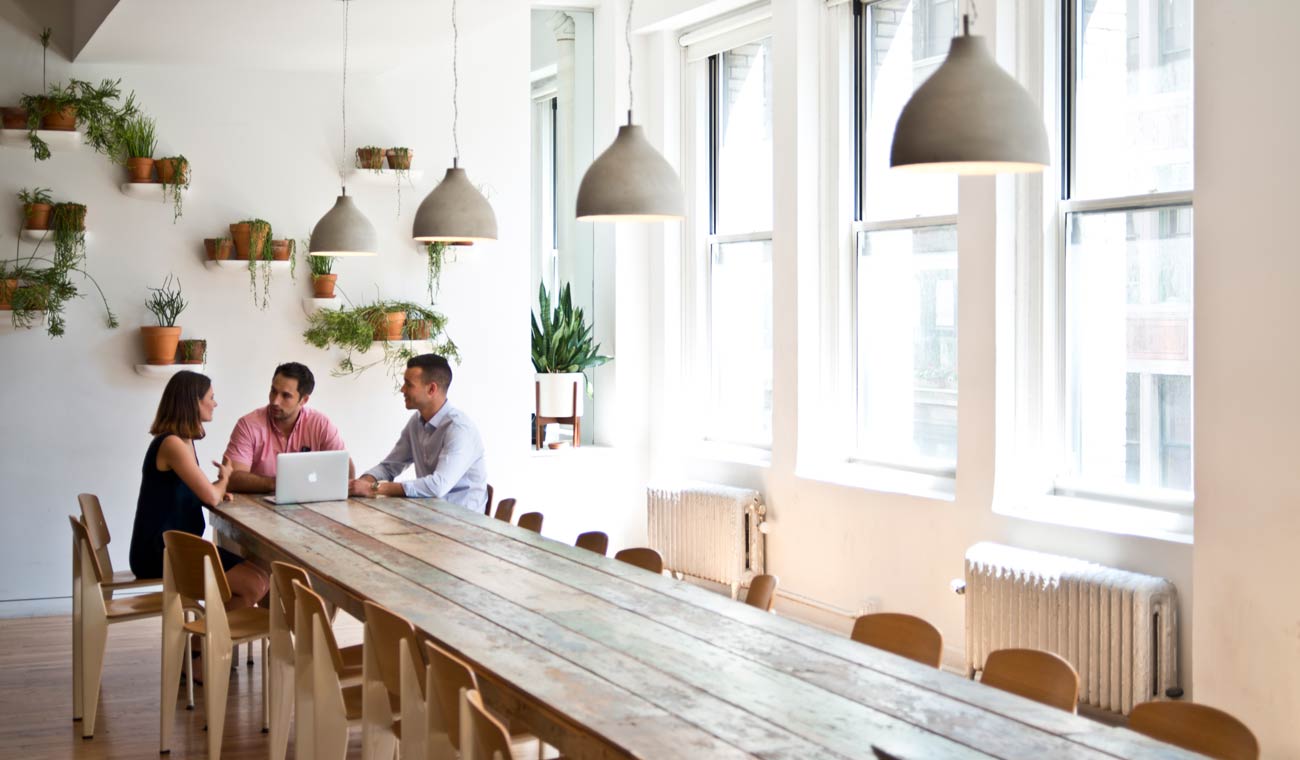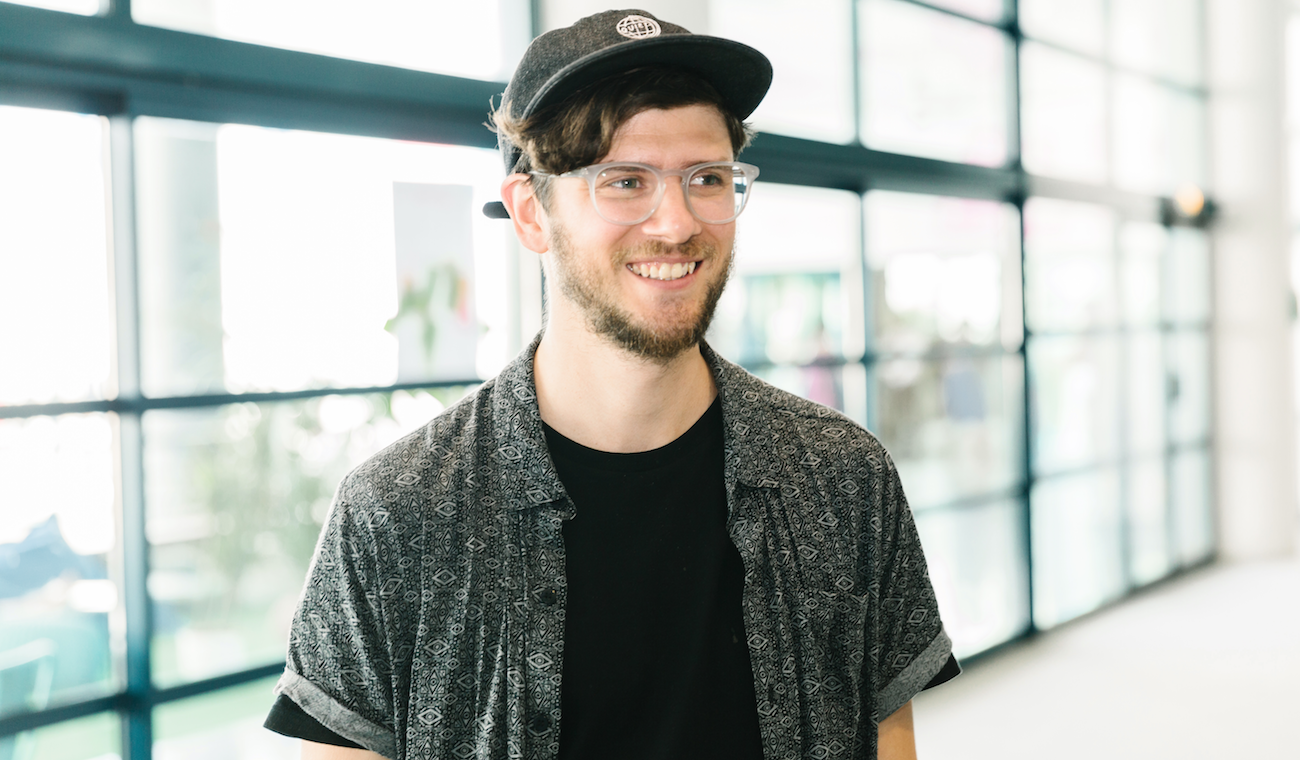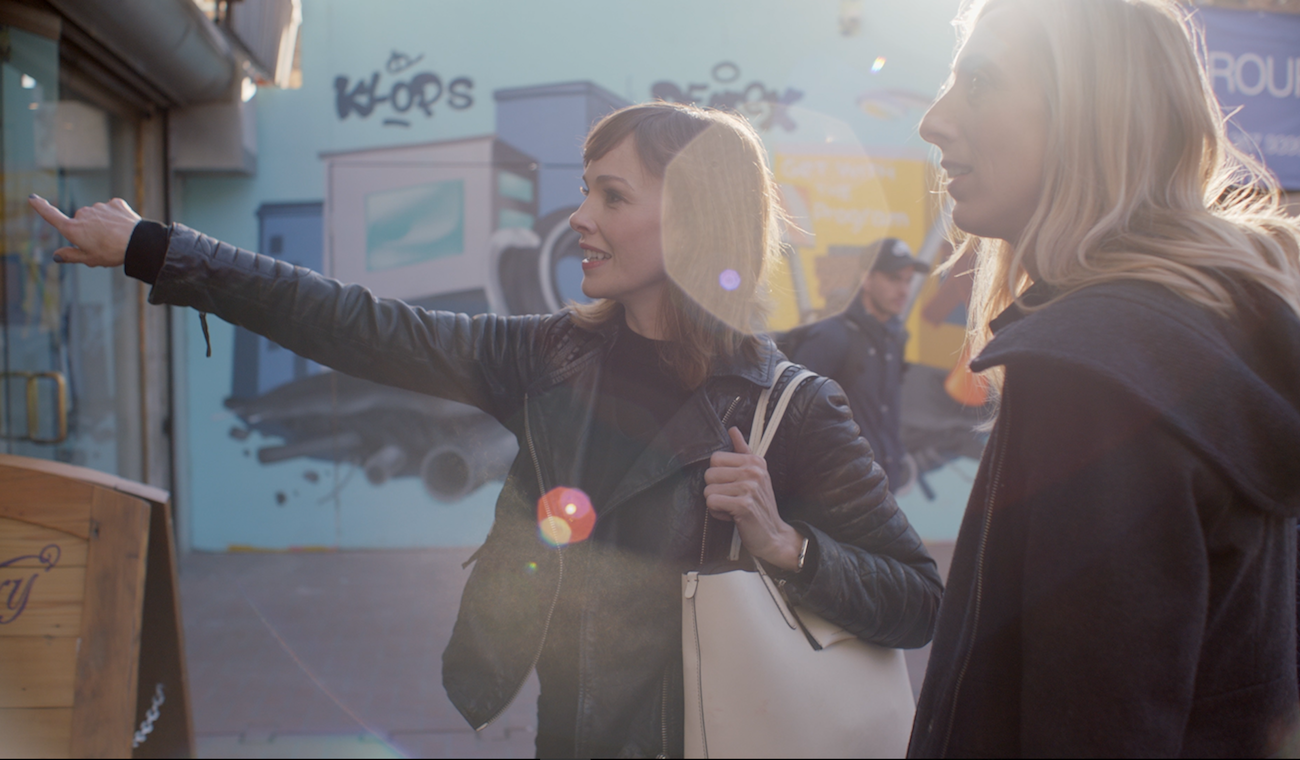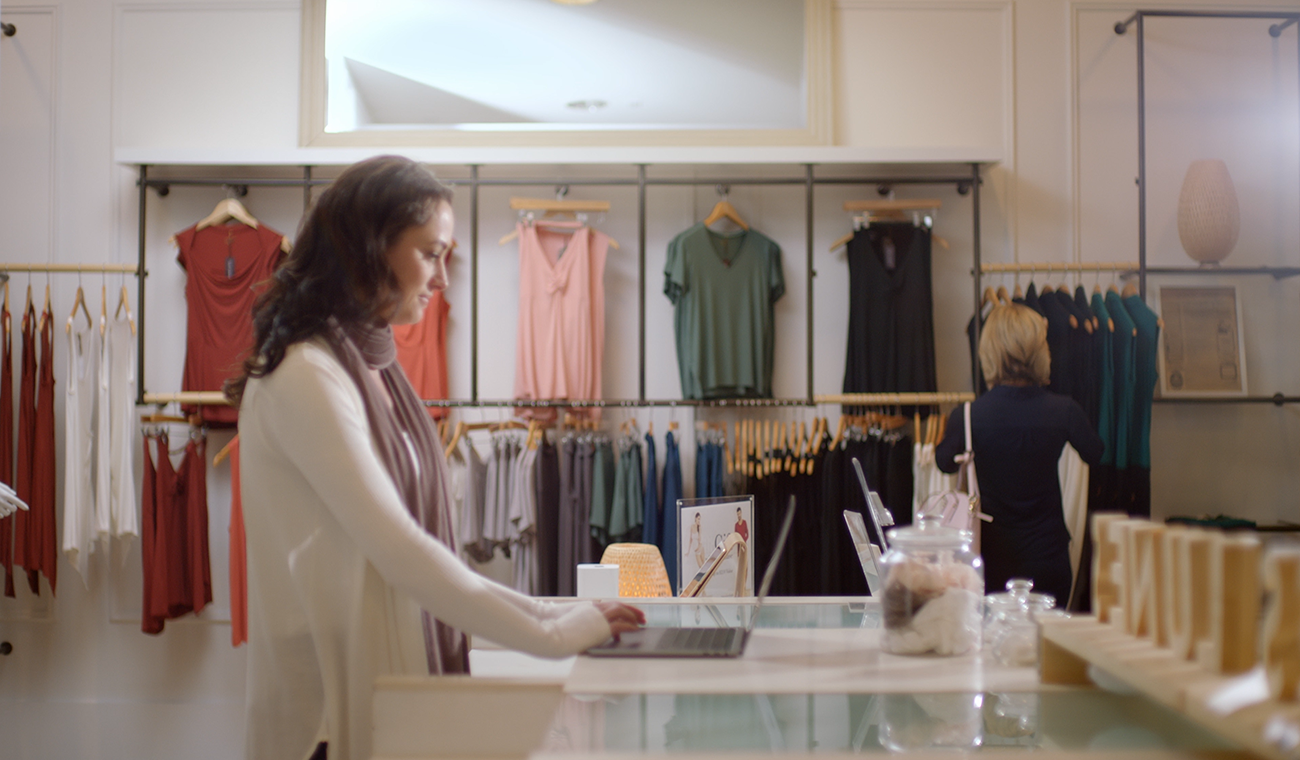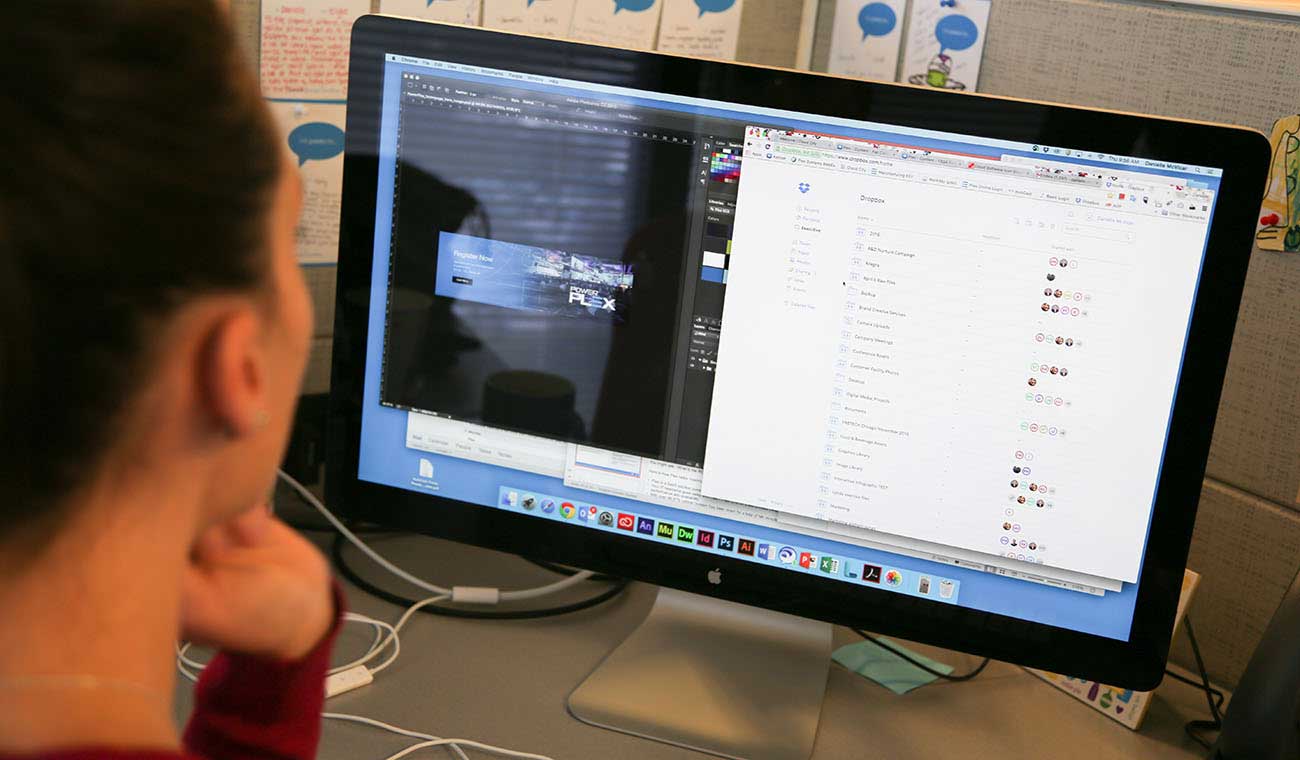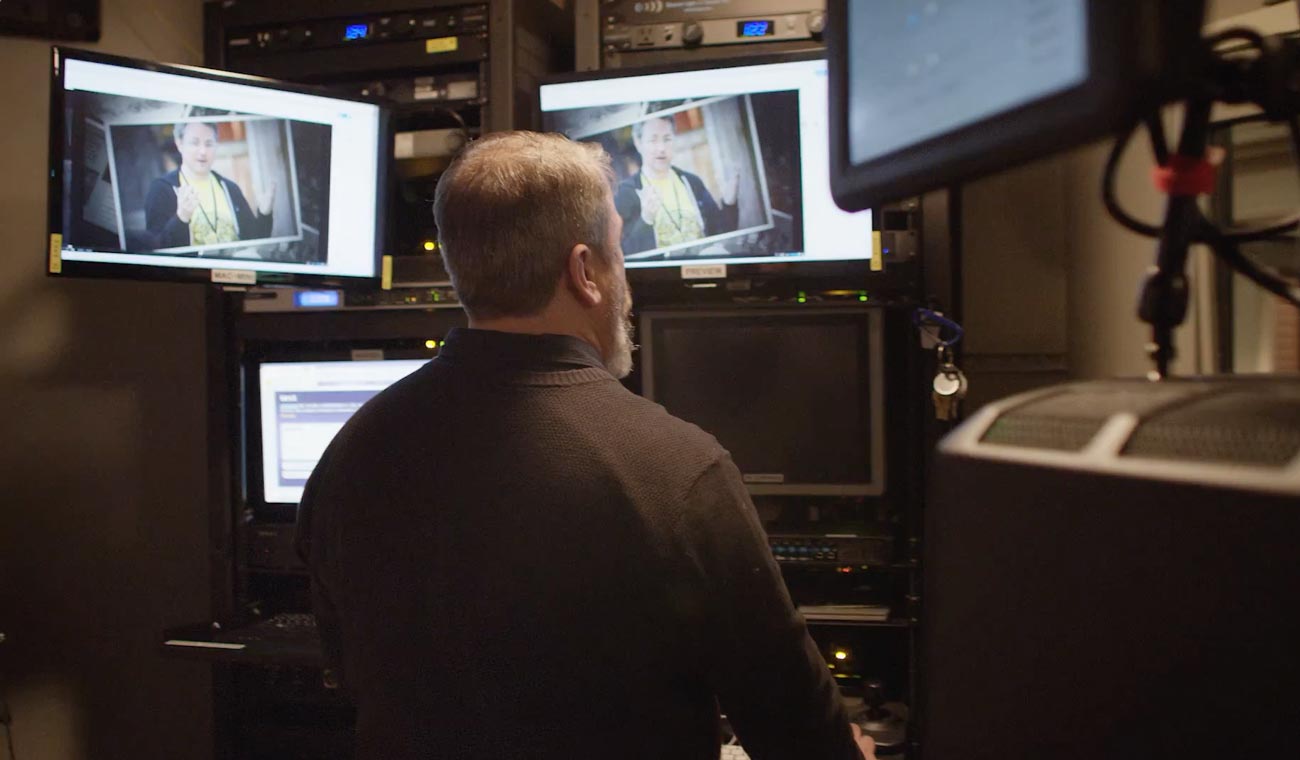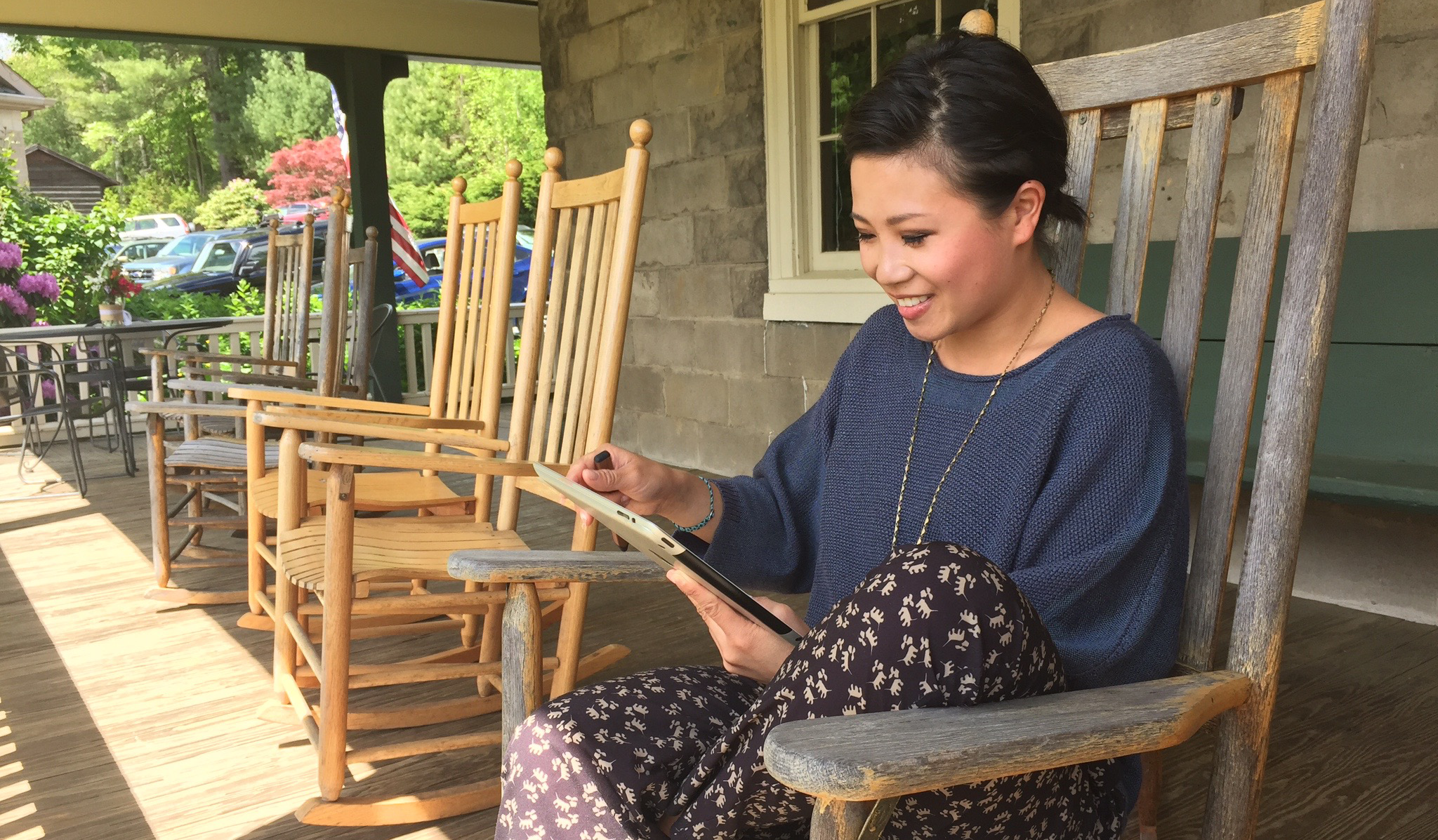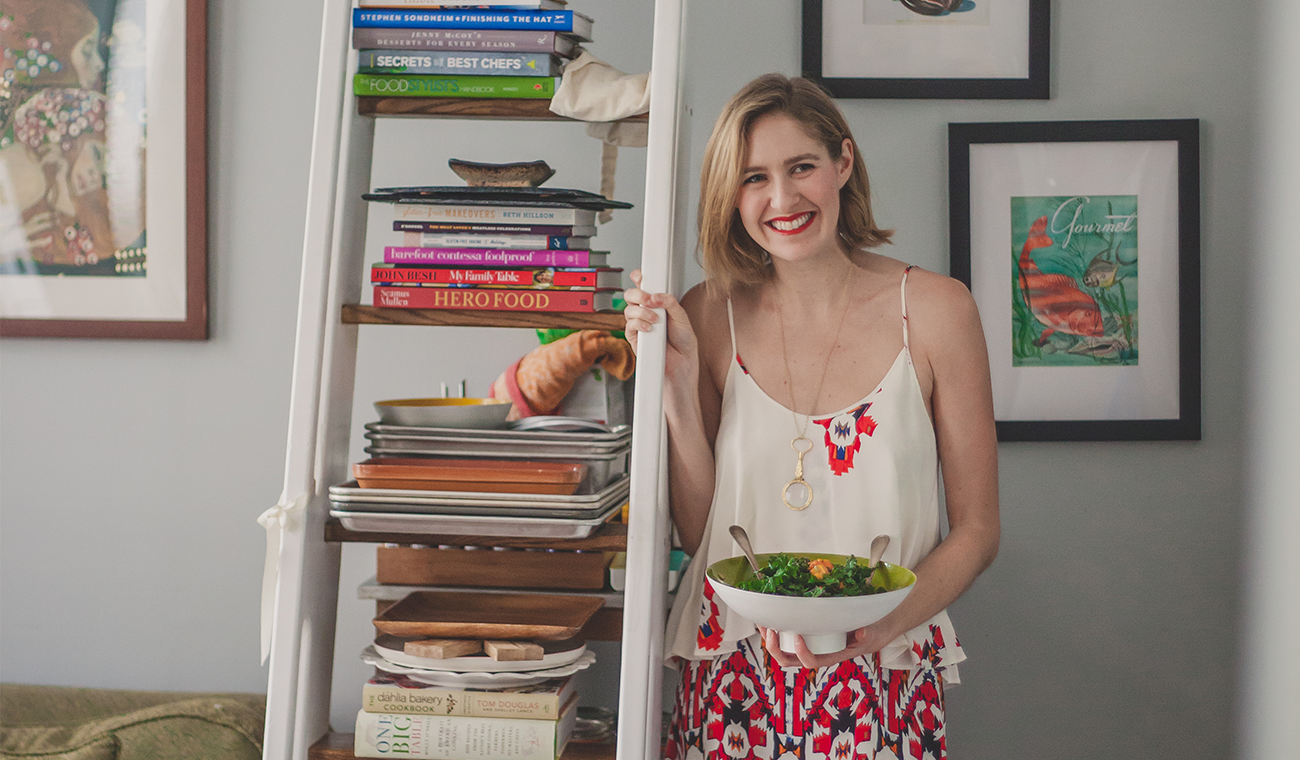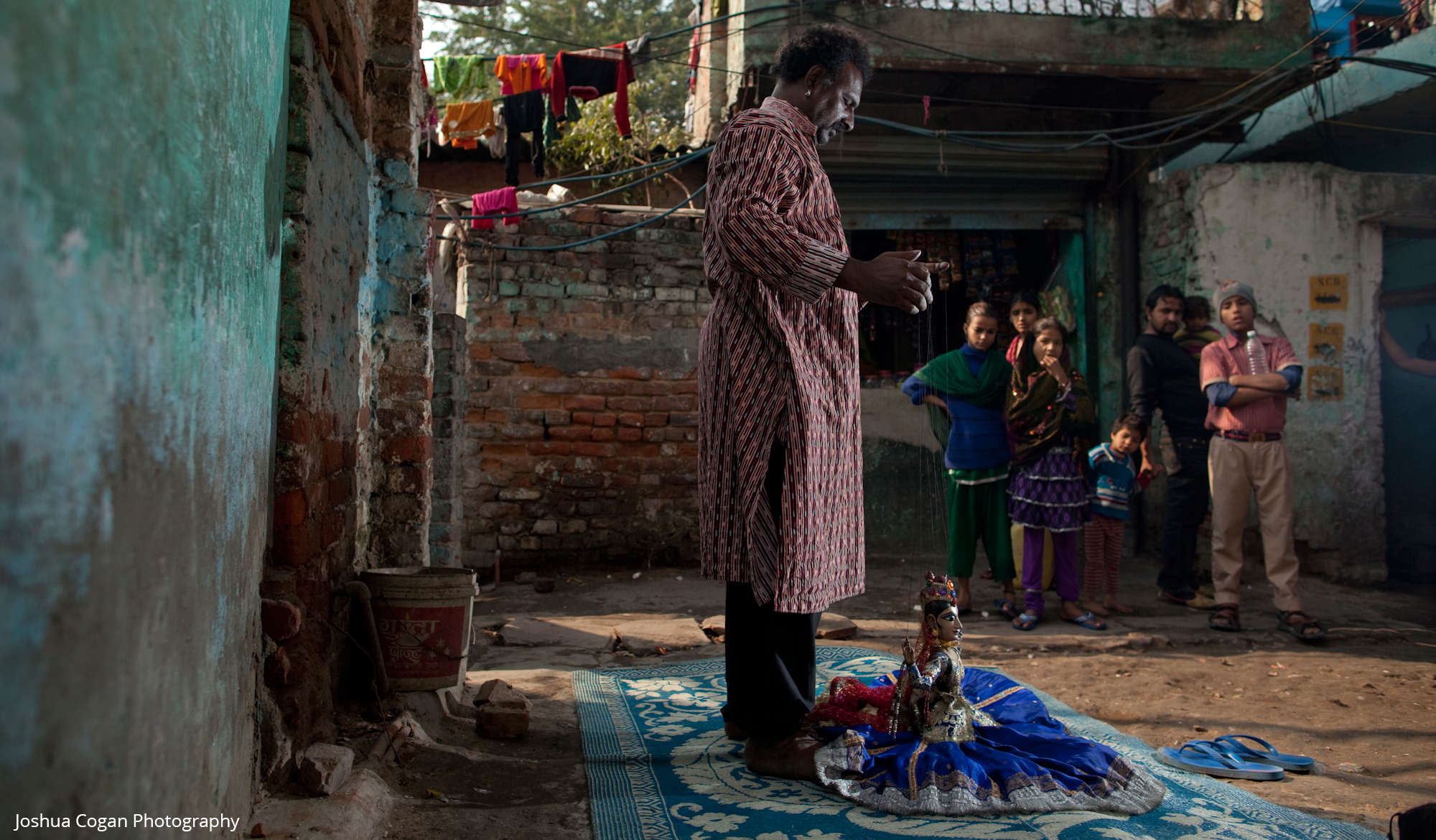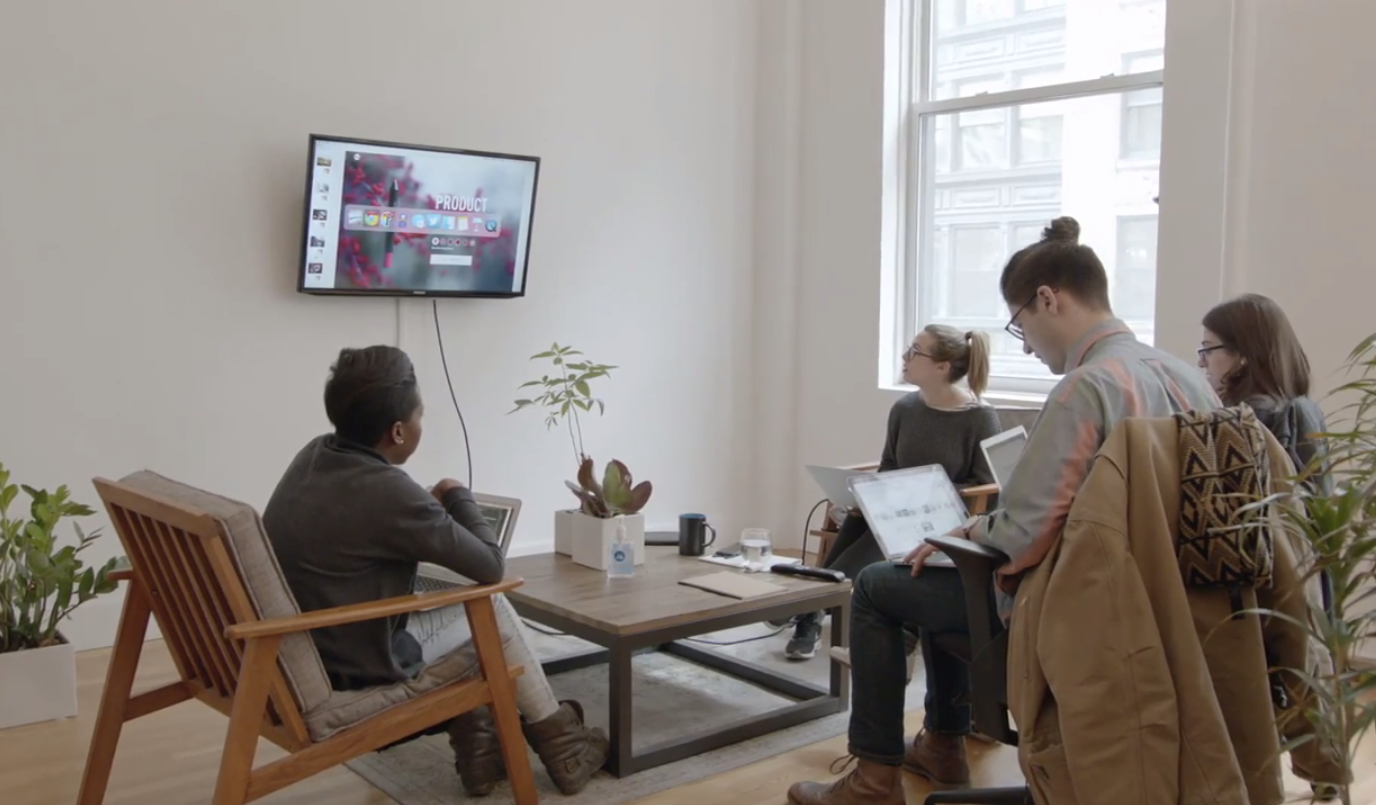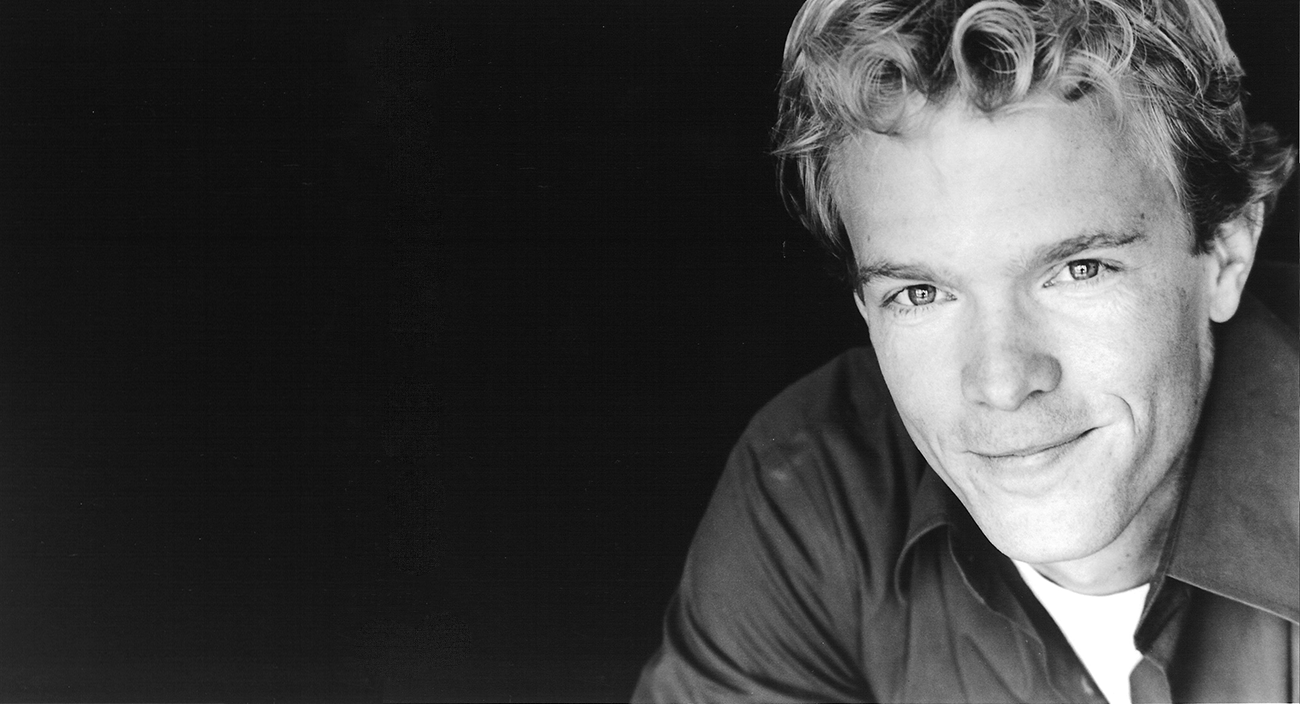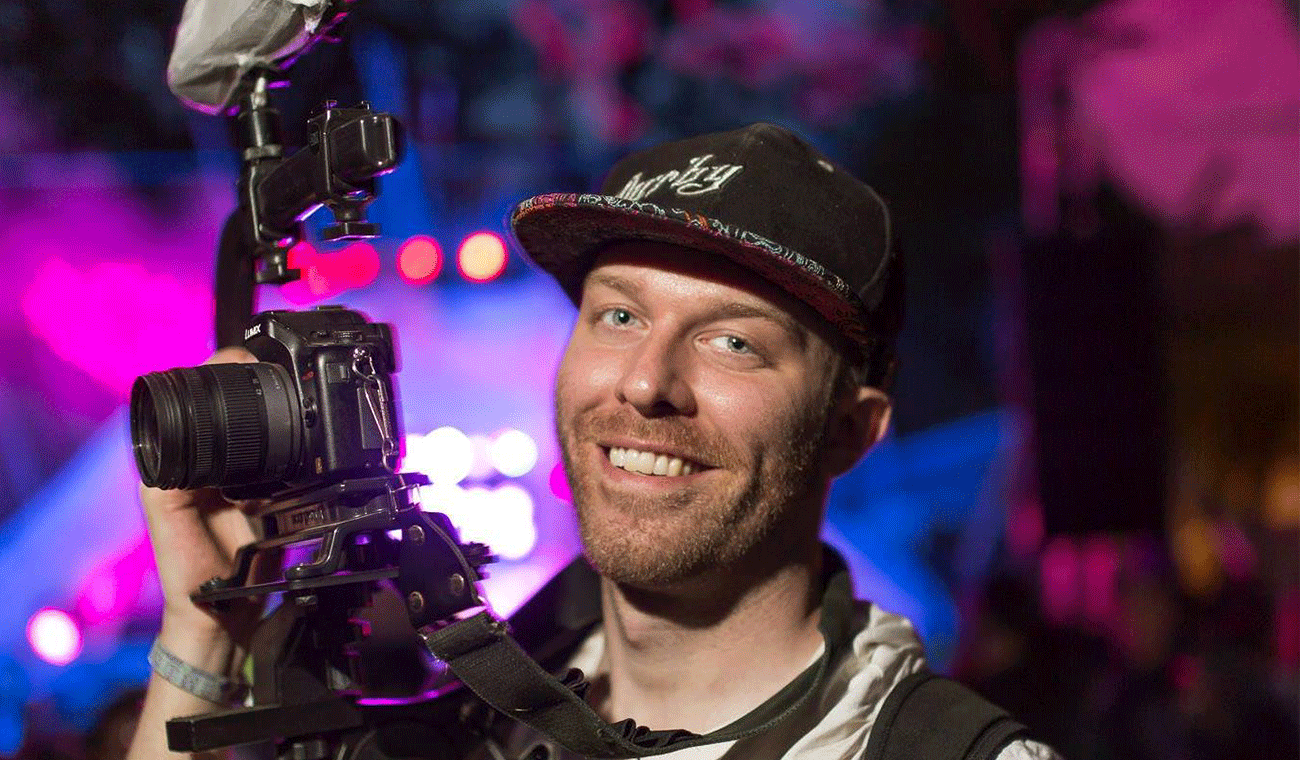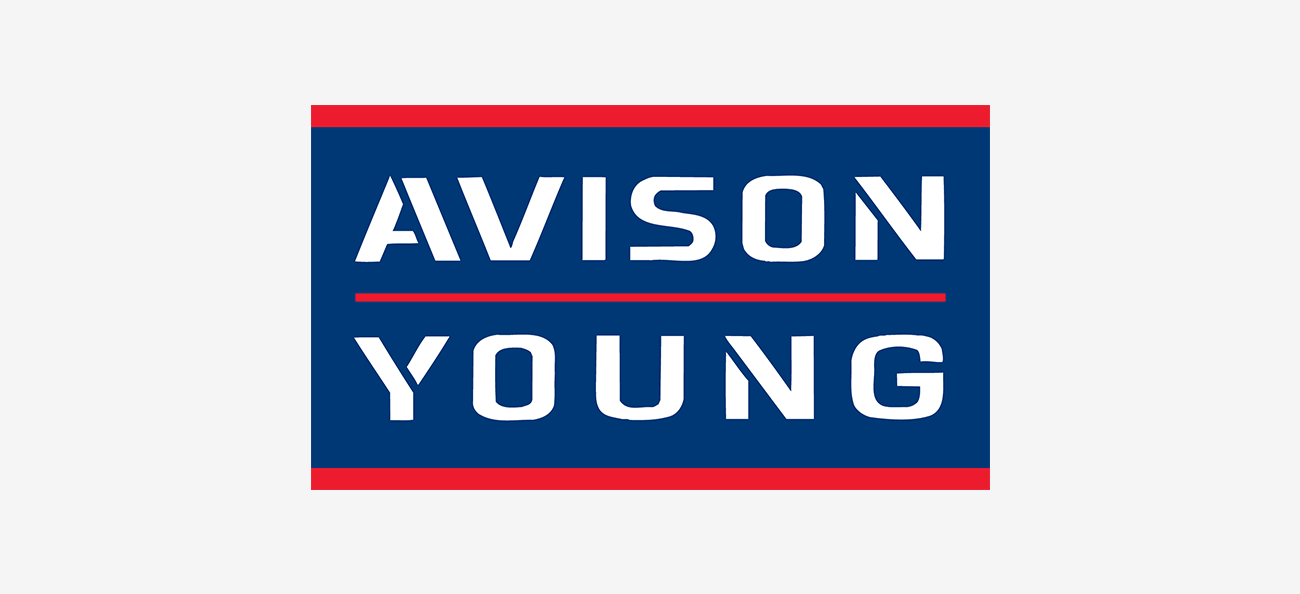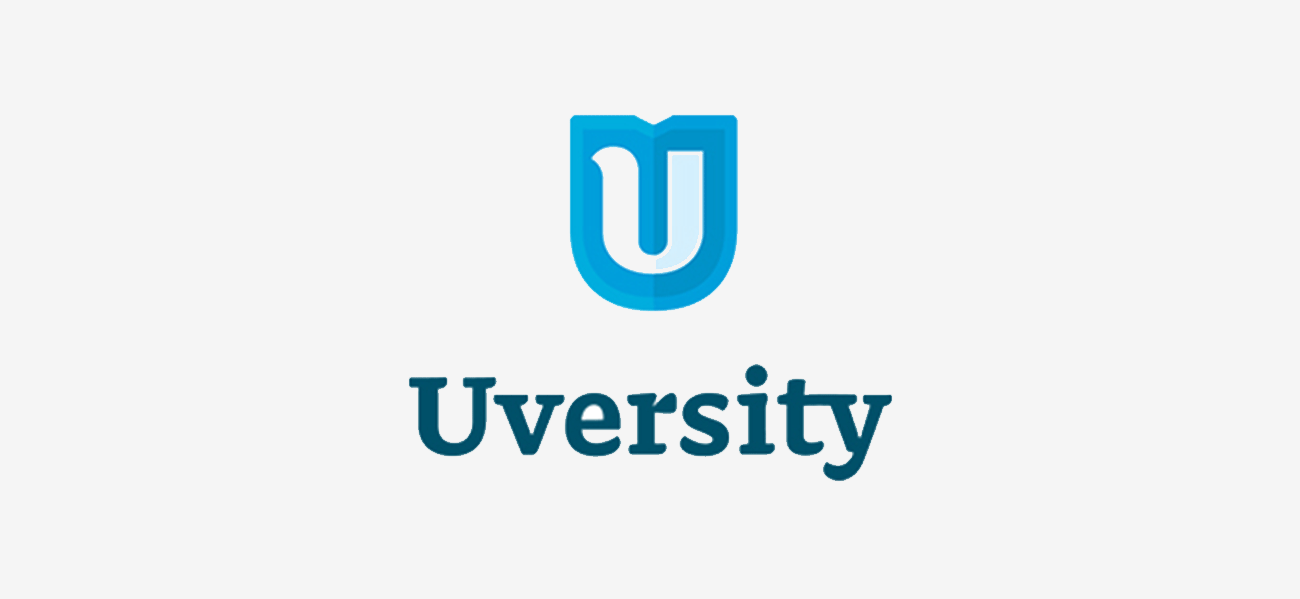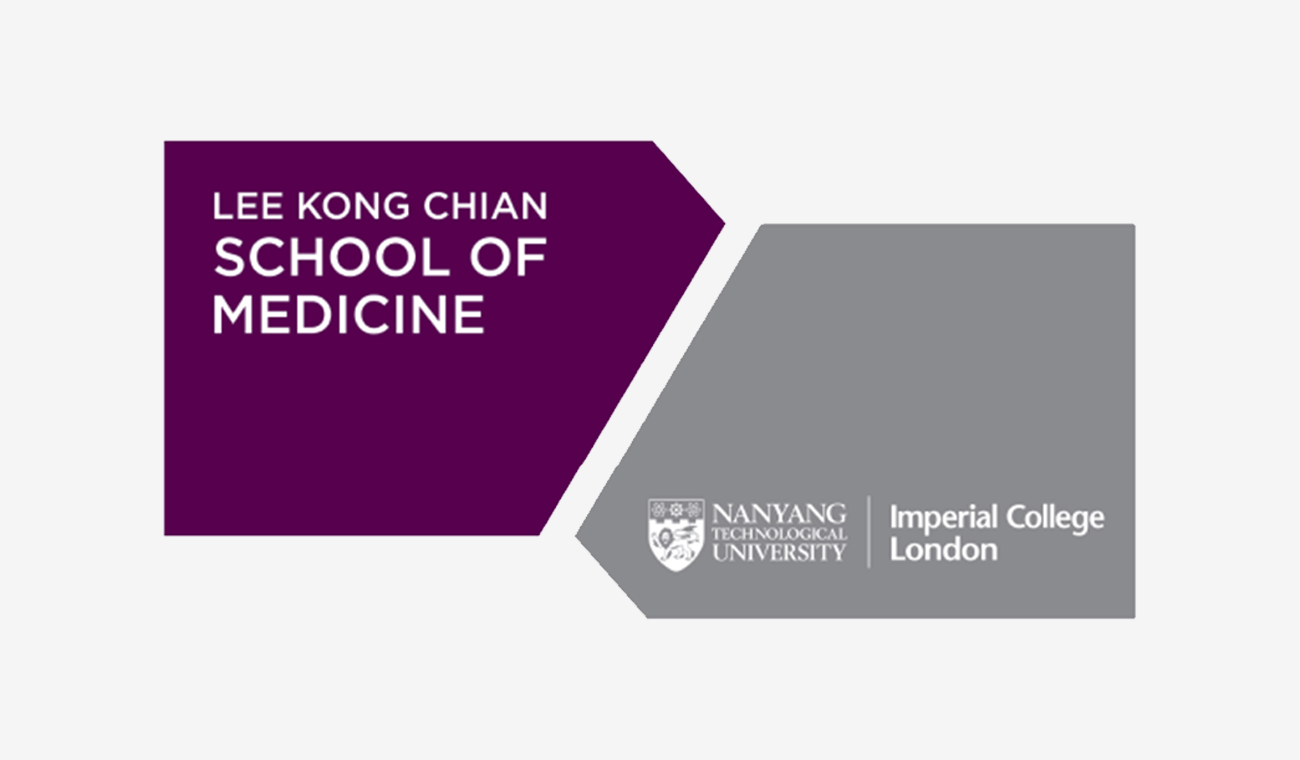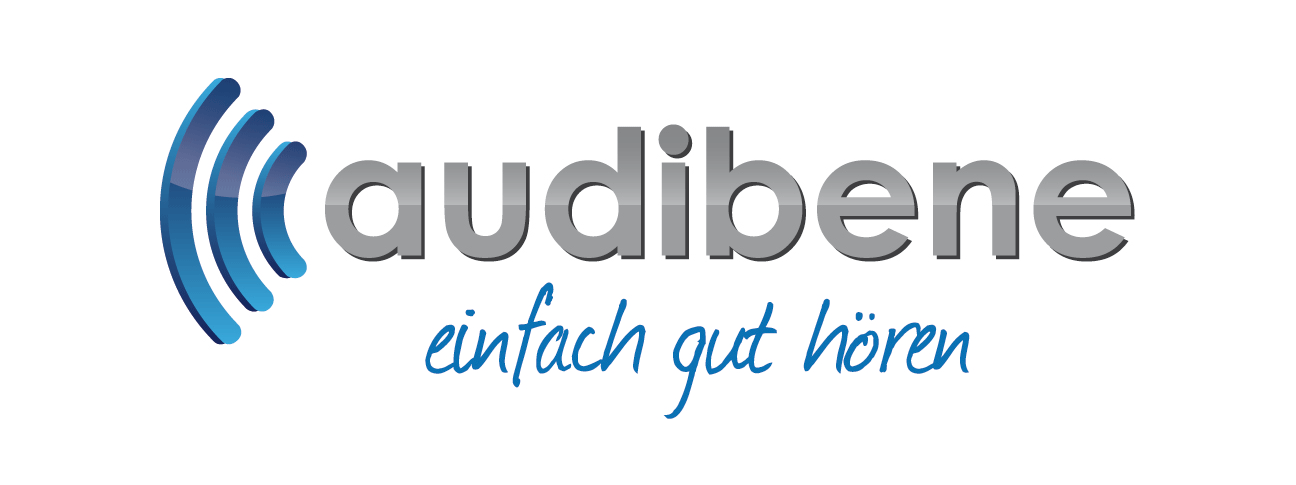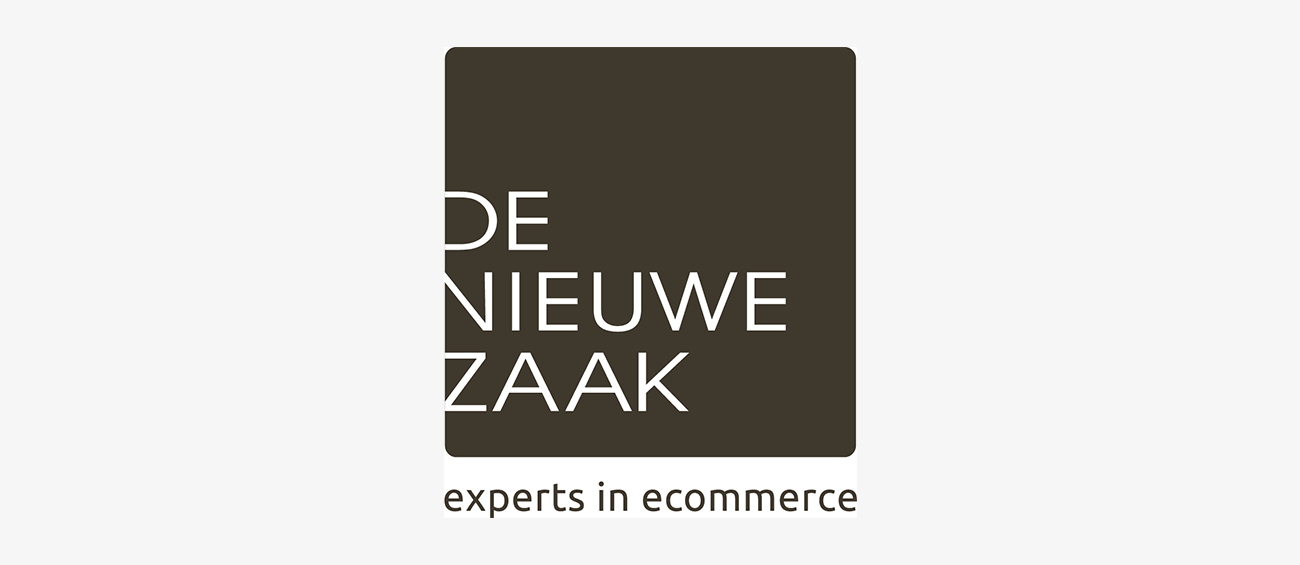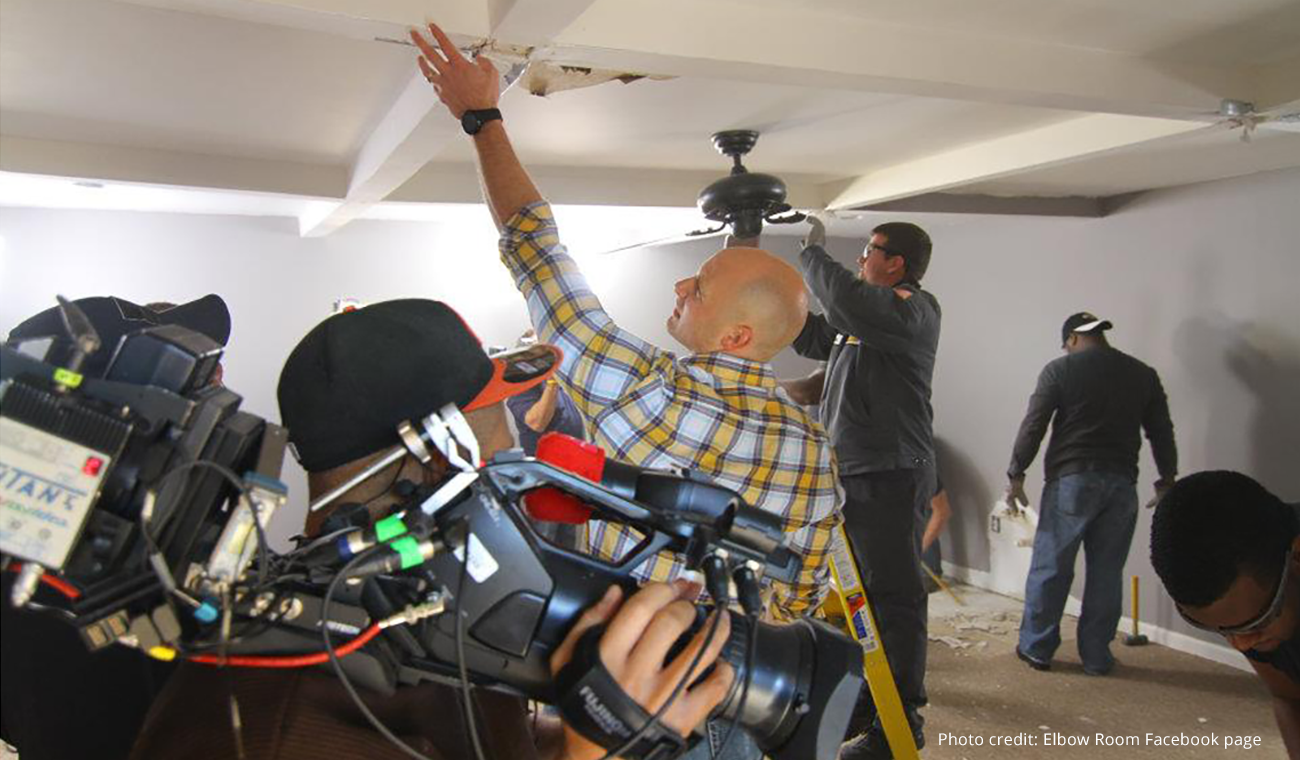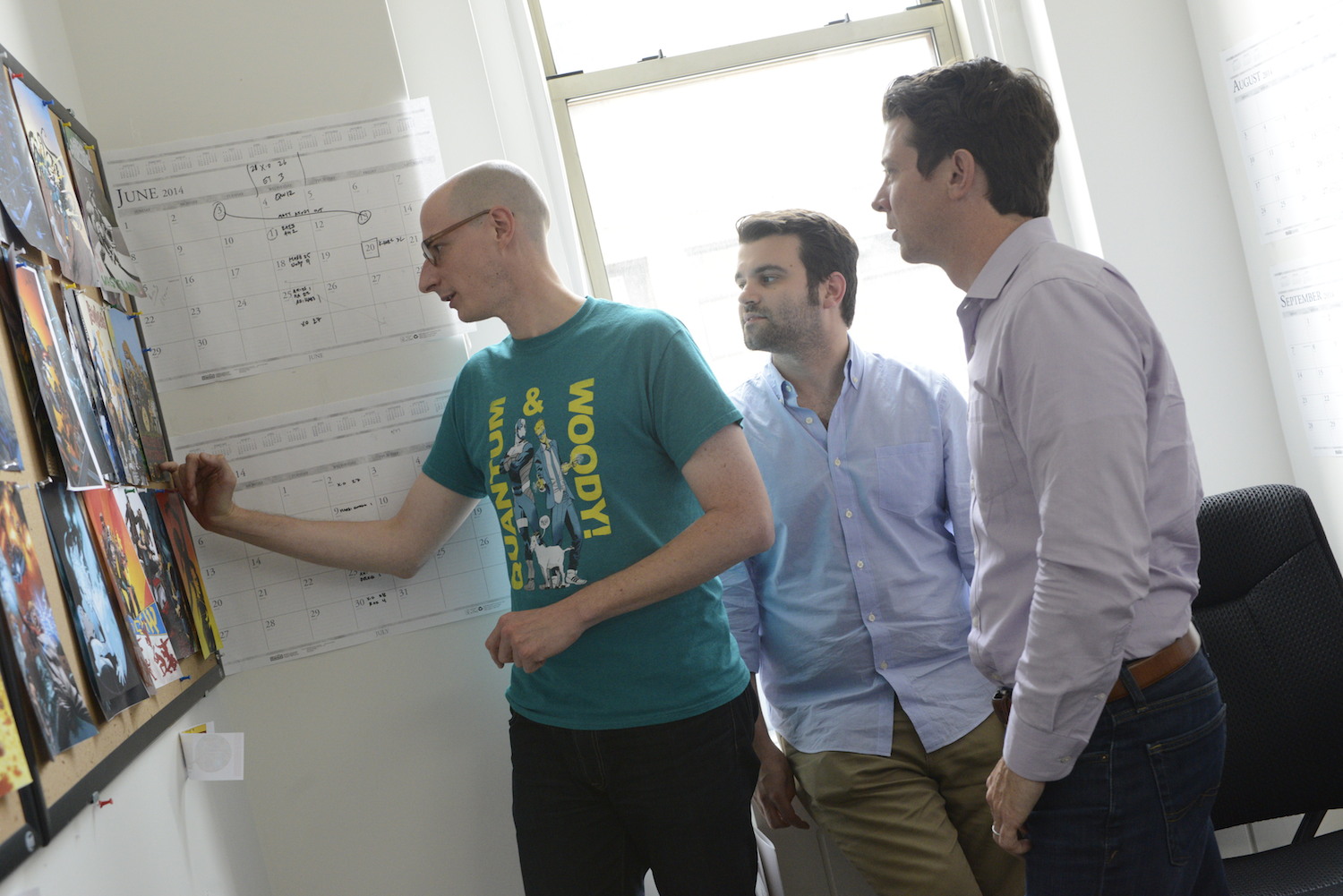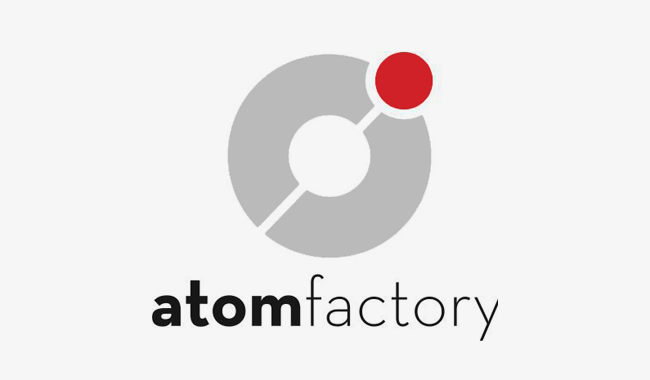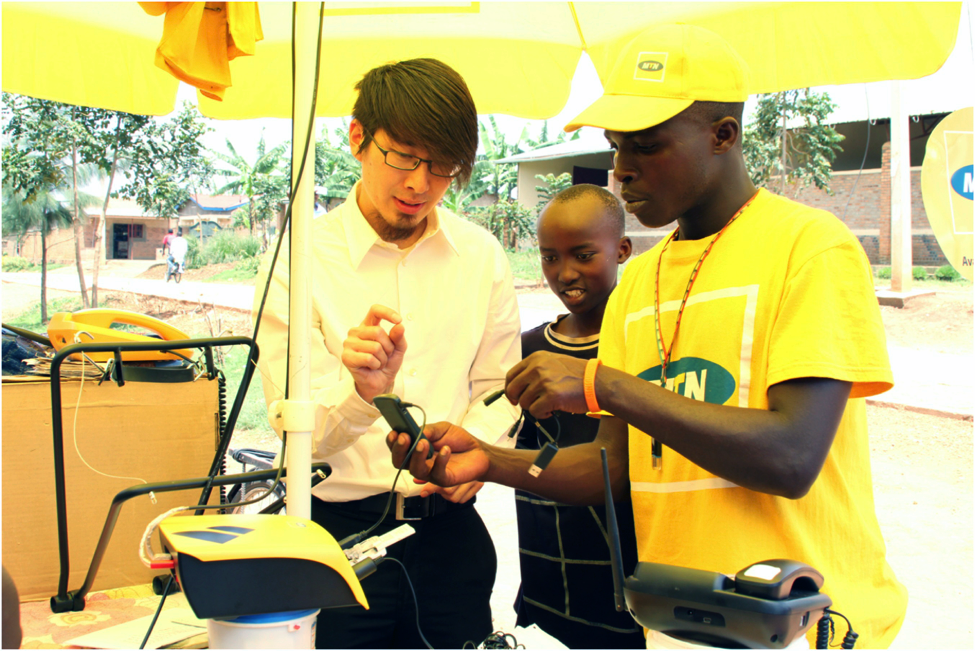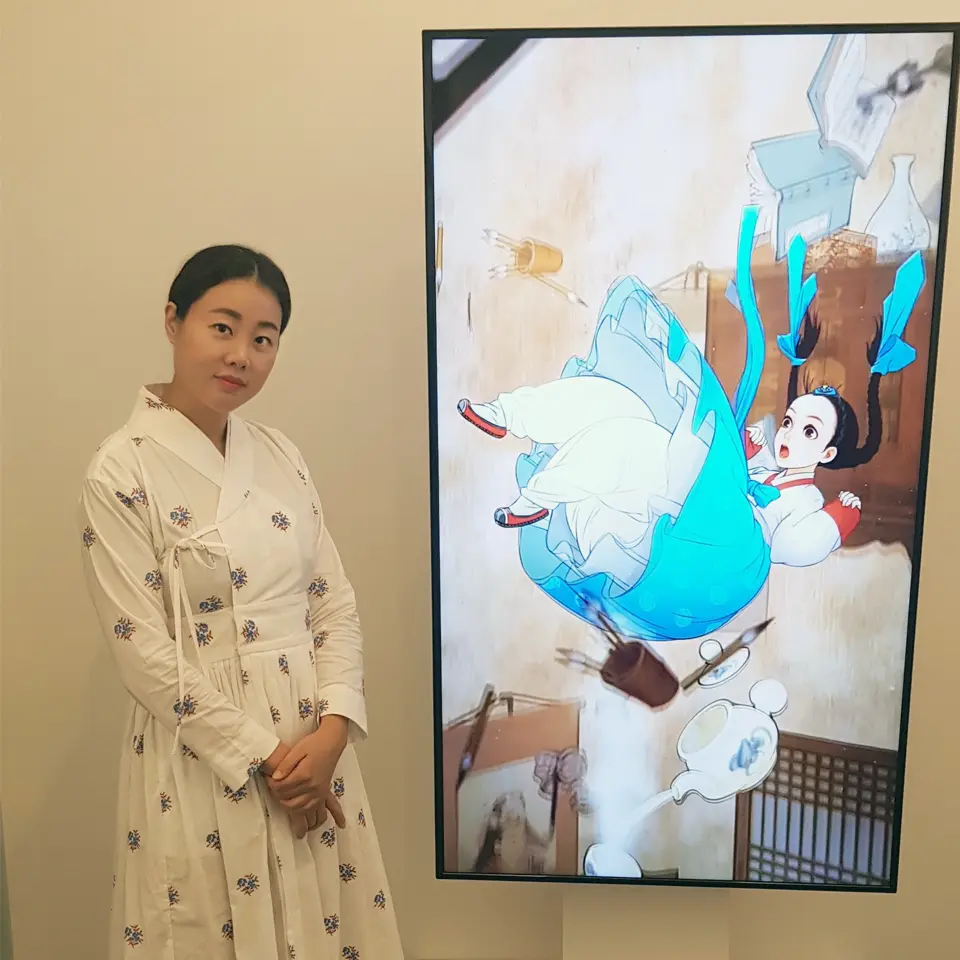
How a Korean illustrator is bridging cultures through her art
Published on October 31, 2022
You may not know her by name, but Nayoung Wooh’s art has captivated audiences around the world. She’s won awards, including one from South Korea's Ministry of Culture, Sports, and Tourism, and had her art displayed at international art exhibits far from her home in Korea. Wooh’s work has even caught the attention of media and entertainment companies like Disney, Marvel, and Netflix. (She’s created movie posters for several of their blockbusters.)
Wooh’s distinct style portrays Western fairytale characters like Cinderella dressed in traditional Korean clothing and is digitally illustrated in a style reminiscent of Asian scroll art. Her style began to emerge as a child, when she would watch her Disney favorites on repeat: Beauty and the Beast, Aladdin, and The Little Mermaid. Between viewings, she would fill her sketchbook chock-full with images of the princesses in their dresses.
Her passion followed her to college, where she majored in Asian Art. After graduating, Wooh got a job at a gaming company as a pixel art key animator, creating images using just pixels. The demands of her first job left little time for her personal work. Three years in, she needed a change—something that actually allowed her to work with her passion for Eastern art and fed her creative vision as an artist.
“At some point I just felt the need to create my own identity,” she says.
Wooh decided she wanted to break out on her own as an artist. On lunch breaks and into the wee hours of the night, she began building out a portfolio of figures in the style she’d always loved with one meaningful difference: She began weaving in elements of her heritage and culture.
“It was during that process when I became interested in hanbok, traditional Korean clothing, as a subject matter.”
Hanboks had begun gaining popularity again through historical dramas and started showing up on the covers of fashion magazines like Vogue. Wooh was drawn to the way they looked. So she took her latest muse and combined it with her love for Disney princesses and Korean fairy tales, as well as her knowledge in Eastern paintings and digital art. The result was a distinct style that shows reimagined Western characters dressed in hanbok—a visual that brings together her past and present.
Wooh started sharing her illustrations on her personal website and Instagram, but it wasn’t until several years later when she had posted her Alice in Wonderland piece that her work began to gain popularity. Requests to exhibit her work both domestically and internationally started to trickle in. A few years later, someone who worked at Disney Korea saw her Beauty and the Beast illustration and liked it so much that Disney Korea commissioned a Beauty and the Beast movie poster from Wooh, and then one for Maleficent 2. Shortly after, Marvel Korea also asked Wooh to create a movie poster for Thor: Ragnorak in her style.

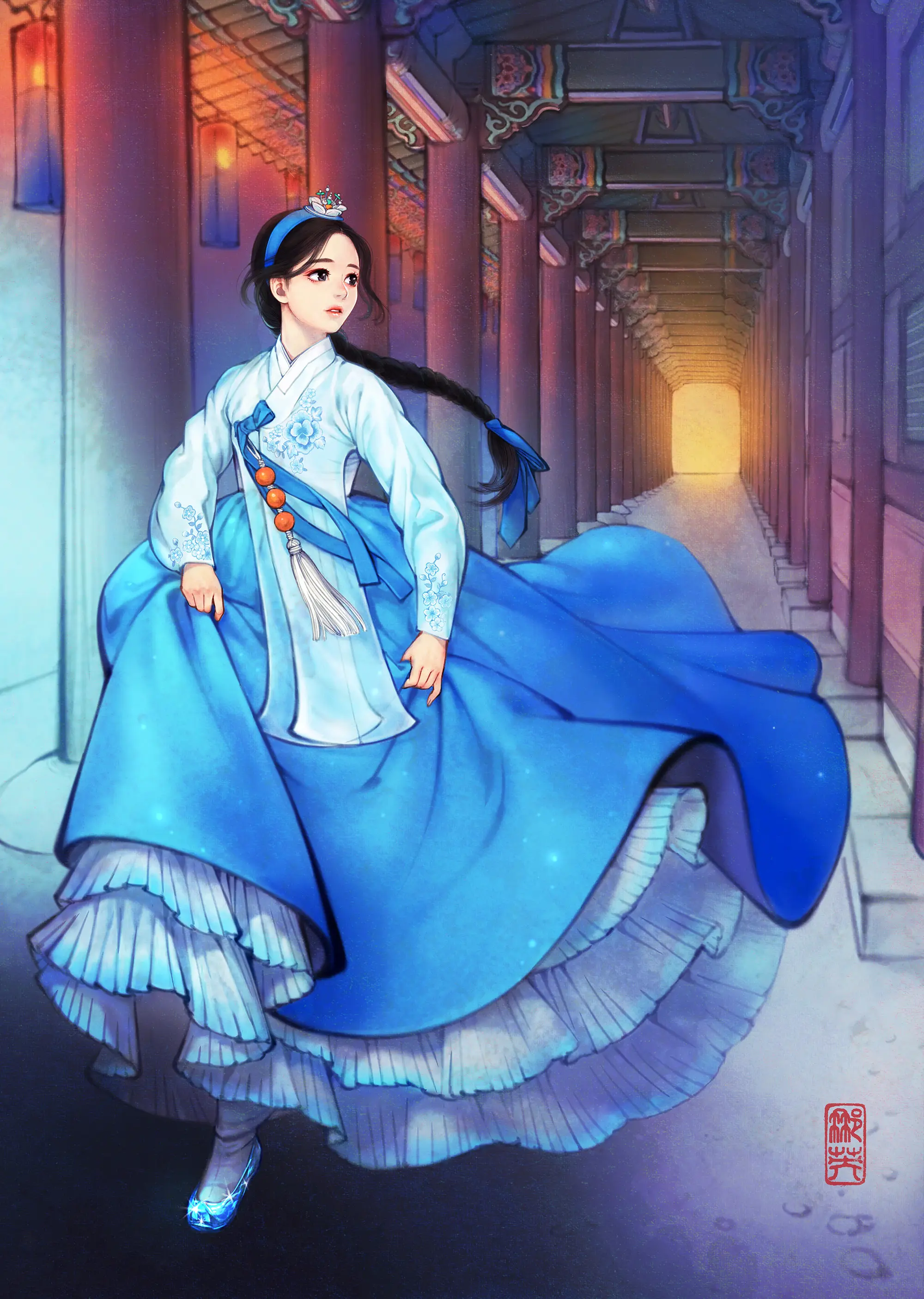
Her drawings show familiar things in an unfamiliar way: Wooh takes characters who are recognizable, such as Snow White, and adds her own cultural touch to it by changing her blue and yellow dress into a hanbok with traditional Korean patterns.
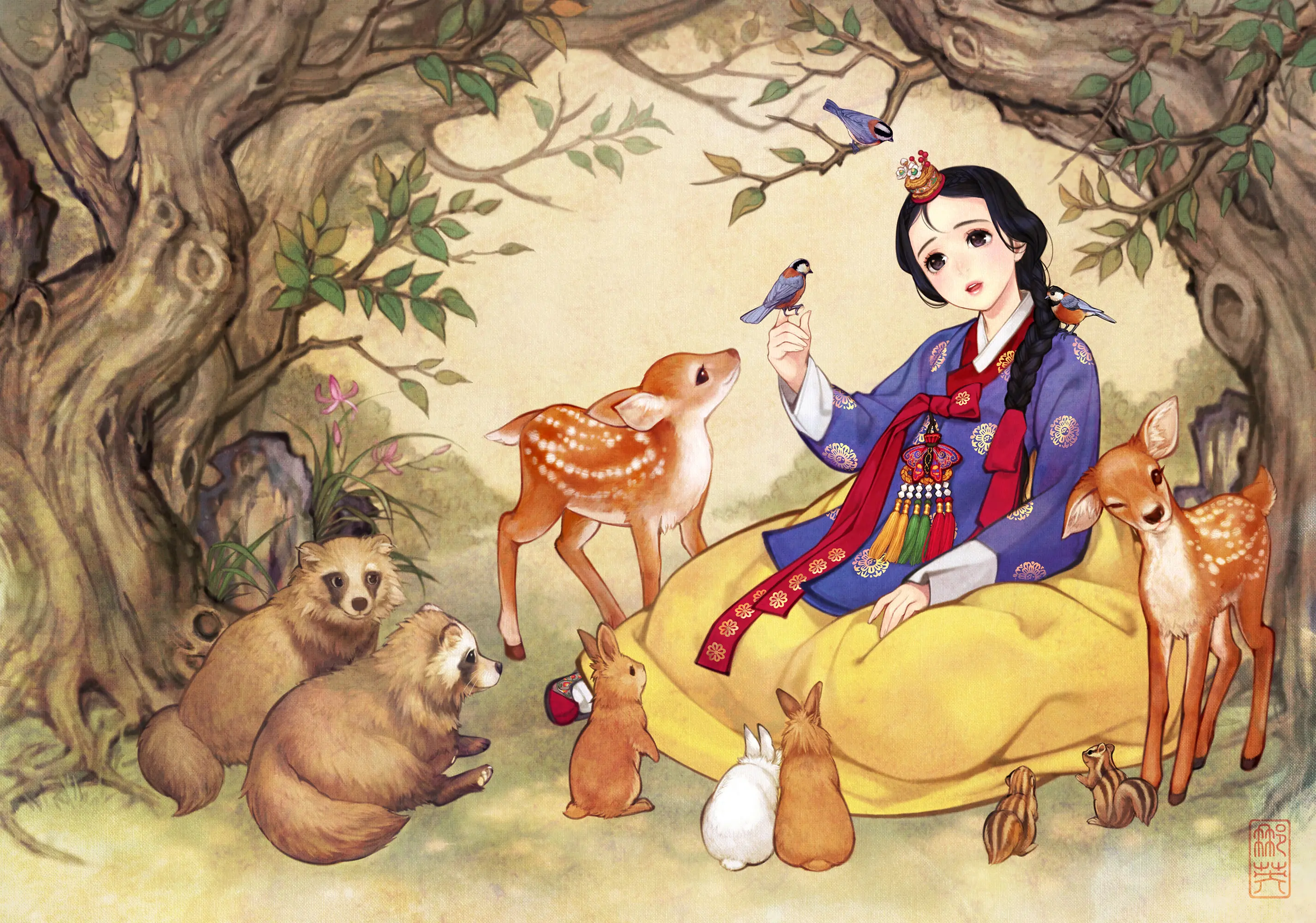
“It’s fun to compare how the characters and accessories change from the original work to the Korean interpretation, and I think a lot of people enjoy seeing the beauty created by the colors, textures, and moods of the hanbok and Korean accessories,” she says.
Despite her pieces evoking a feeling of an Eastern painting, one that generally incorporates water-based techniques, Wooh’s entire creative process from beginning to end is digital.
She’s been relying on Dropbox for the last decade to easily share and collaborate on content. She uses Dropbox Transfer to securely share files with her clients and track all downloads, the comments feature to give and receive feedback during rounds of revisions, and Dropbox Sign to send contracts to her clients who are located around the world. Because Dropbox is intuitive, Wooh says it’s always easy to explain to her clients how to use it if they don’t already know how.
Wooh travels frequently for her art exhibits and to meet with international clients. Dropbox gives her the ability to access her work from anywhere, anytime, on any device.
“I once had to use Dropbox on mobile with maritime internet because I suddenly had to check a file on a boat in the middle of the Mediterranean Sea,” she says. “I also sent work from my laptop via satellite internet near the North Pole while I was on a plane from Seoul to Europe.”
Artists like Wooh need to be able to work—and reliably access their information—from anywhere. “[Our industry] is extremely vulnerable to program shutdowns, so we cannot risk physical damage to hard drives,” she says. Ever since she started using Dropbox Backup, she’s been much more at ease when it comes to retrieving files.
“[In Dropbox], I can continuously manage the version history of autosaved files,” says Wooh. “For each piece of work I do, I end up retrieving a file through Dropbox’s version history feature once or twice. Even when a complete restoration is not possible, there’s a huge difference between losing five minutes and two hours of work.”
With the right tools, Wooh is able to work with peace of mind and spend more time doing what she’s passionate about—inspiring others and challenging their perceptions. A few years ago, Wooh received a letter from a Korean-American woman who said she said loved playing dress-up while growing up, but at some point stopped due to her ethnicity. Seeing Wooh’s art changed her outlook. She told Wooh she would never limit her daughter’s imagination of what she could be.
“I started this work simply because I enjoyed it, but I felt emotional and grateful when I saw that it had moved someone,” says Wooh. “So now I work with more of a sense of duty. My role is not just to draw but also introduce [Korean culture] to others and inspire new dreams within people.”

.png/_jcr_content/renditions/hero_square%20(2).webp)

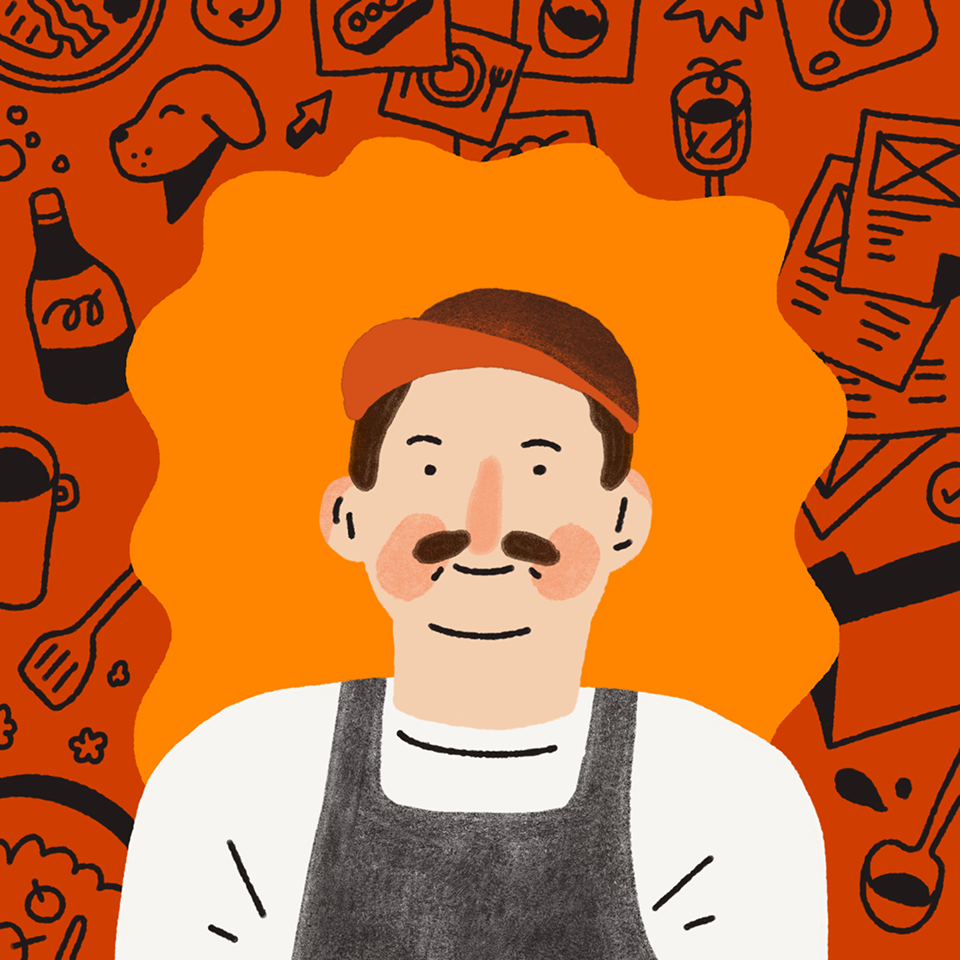





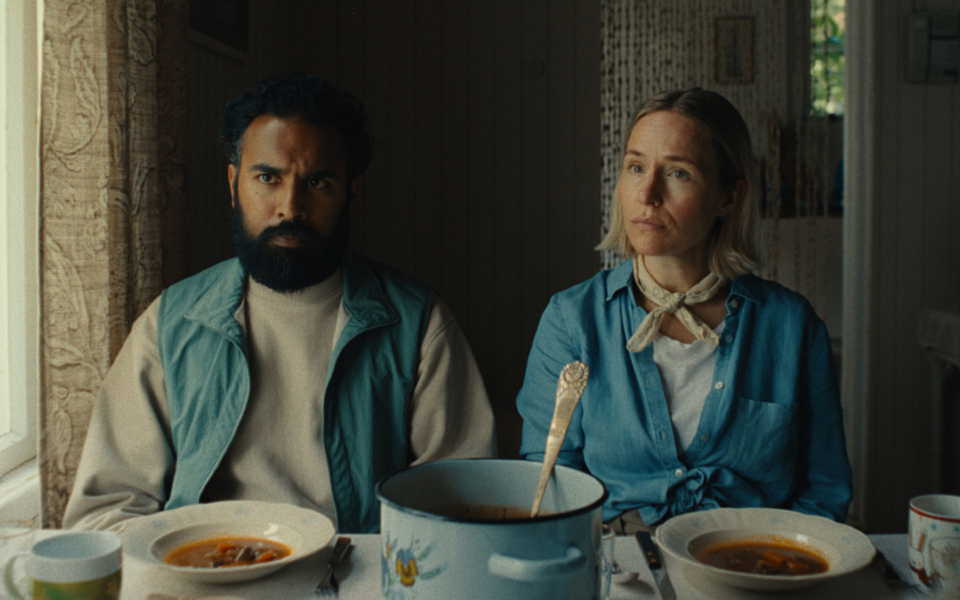
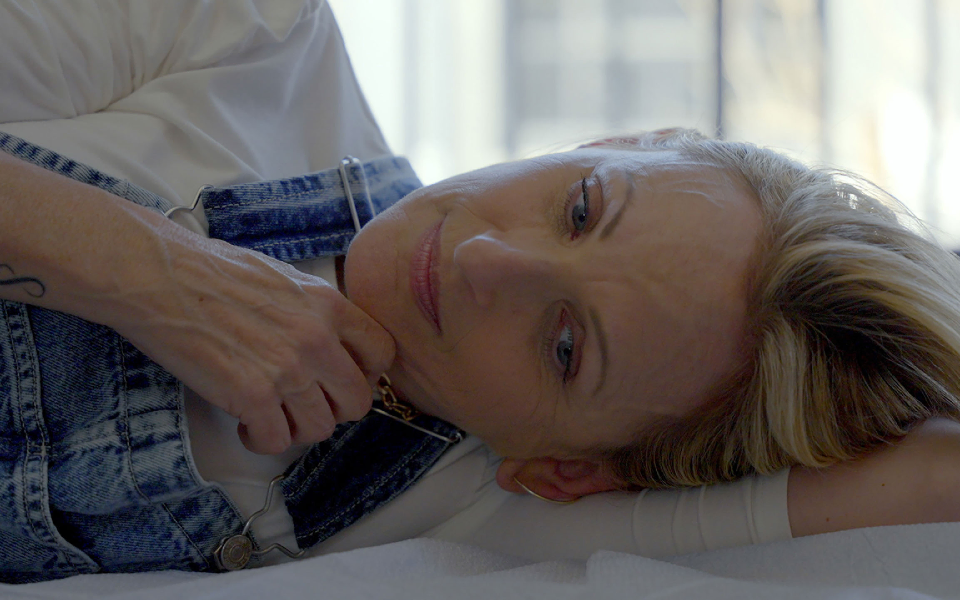




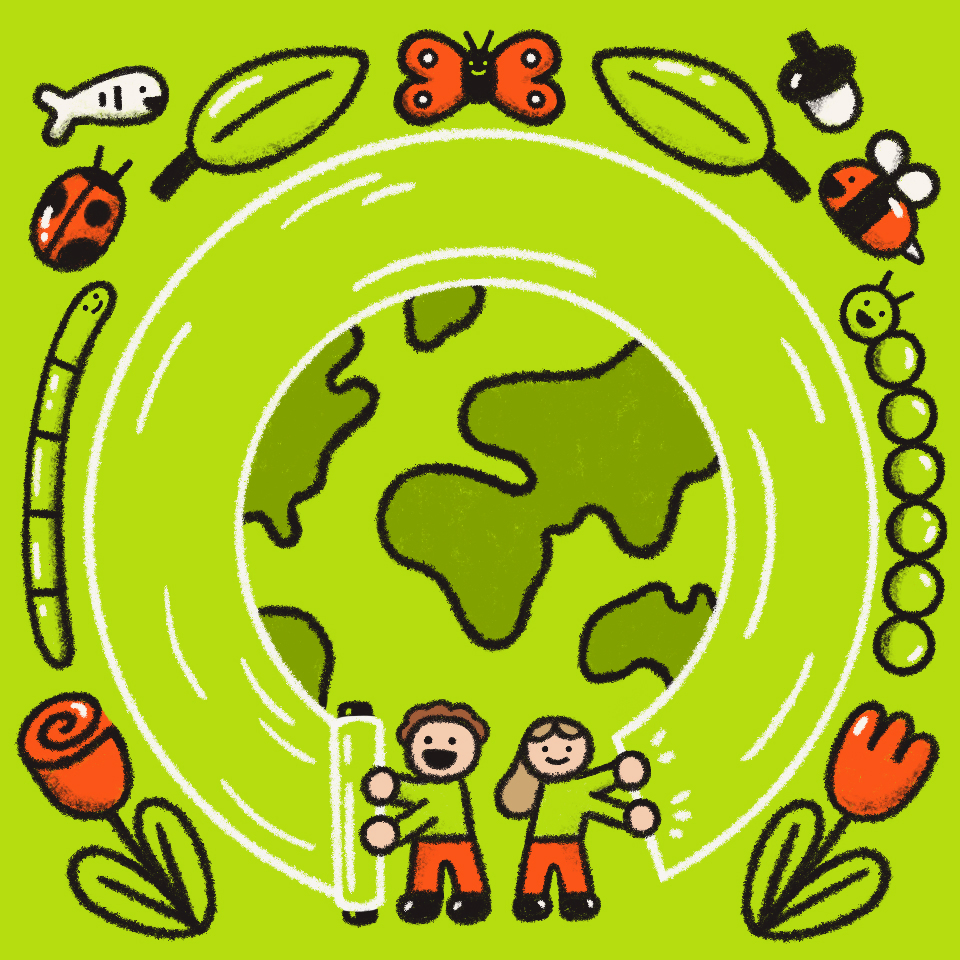
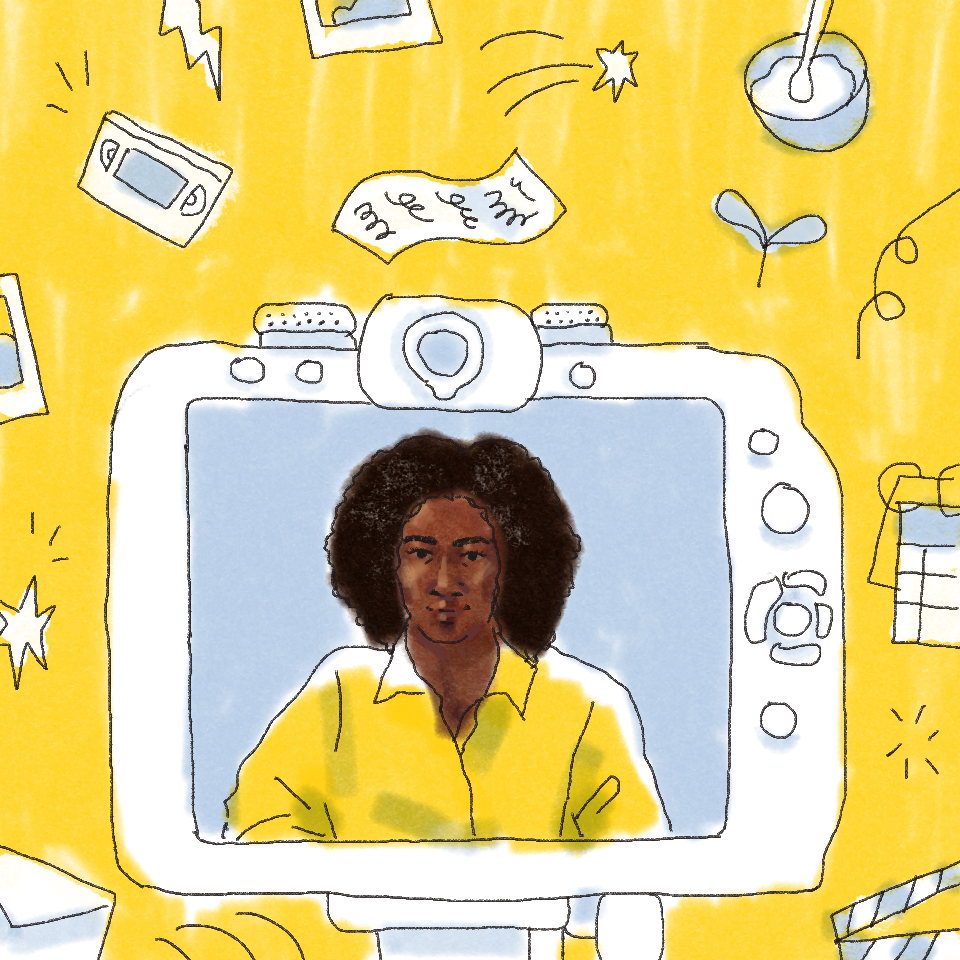
.jpg/_jcr_content/renditions/1200x628%20(5).webp)



